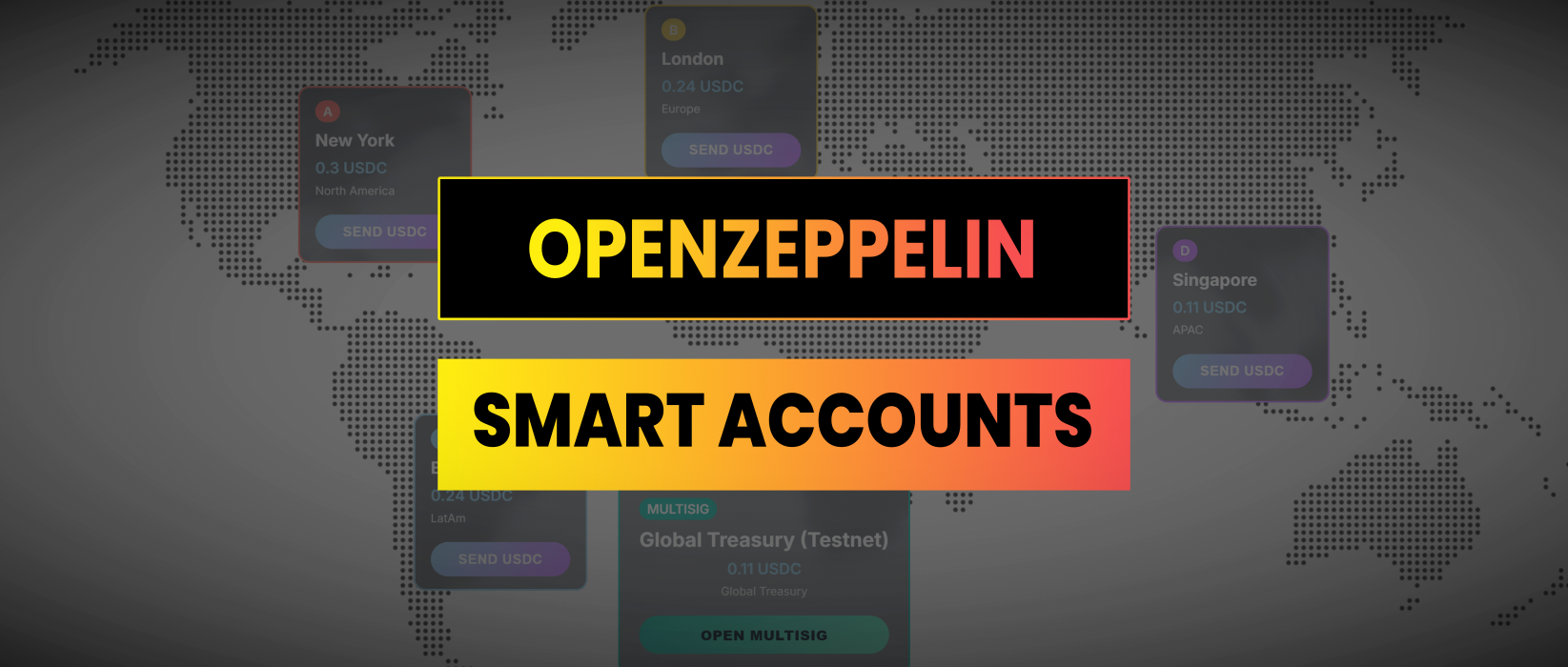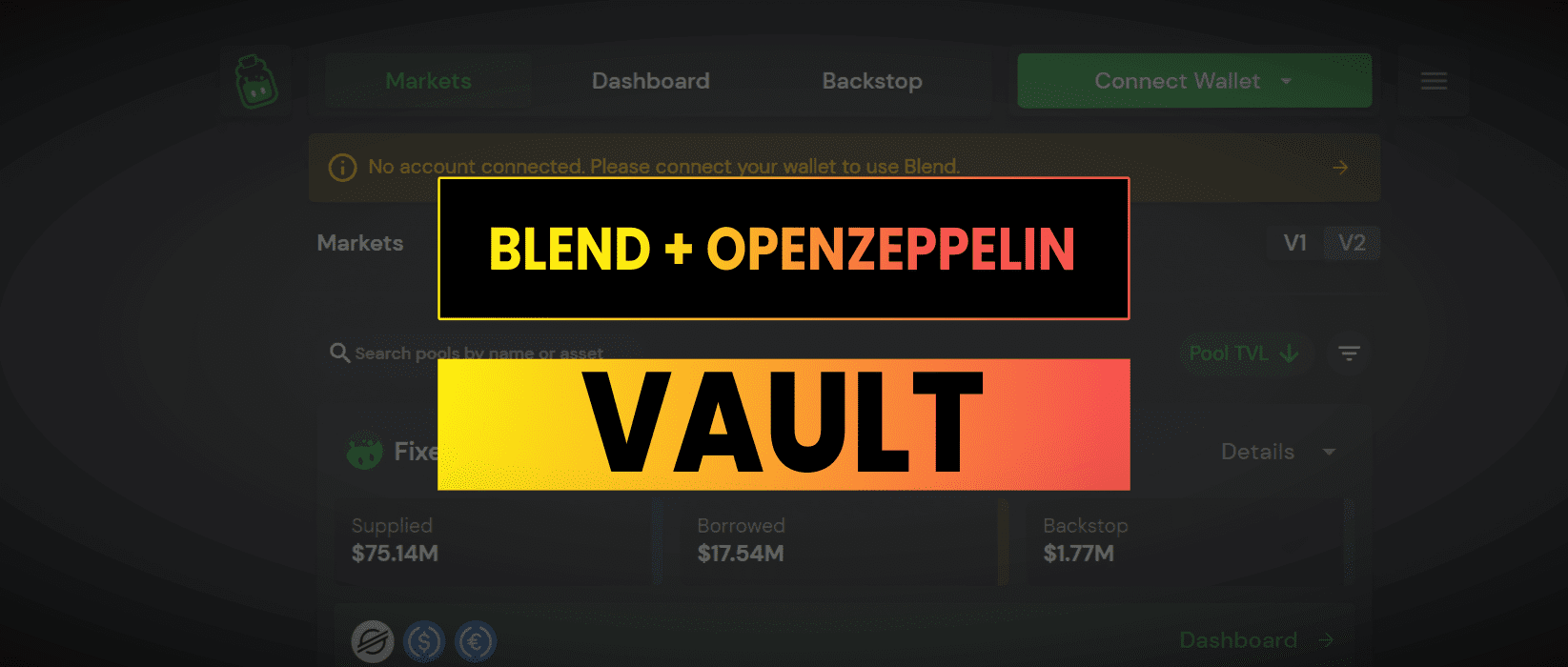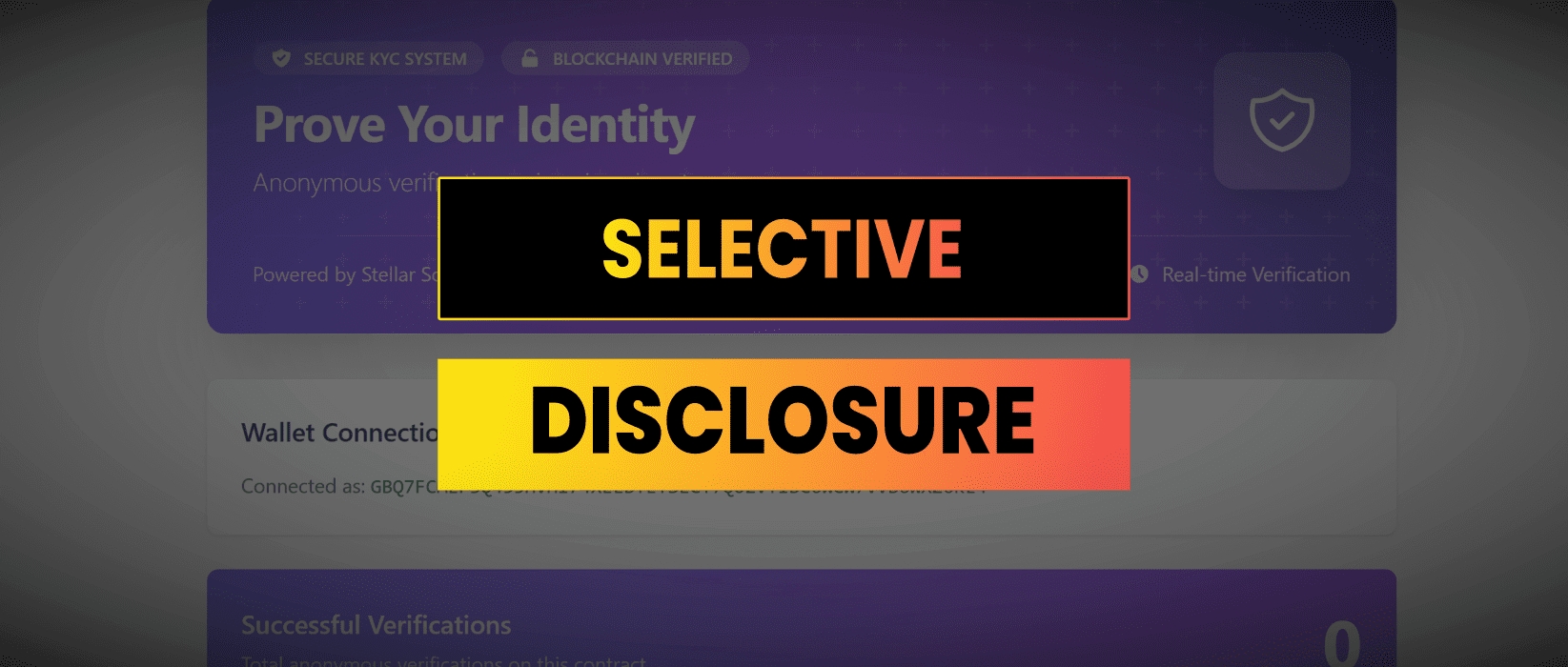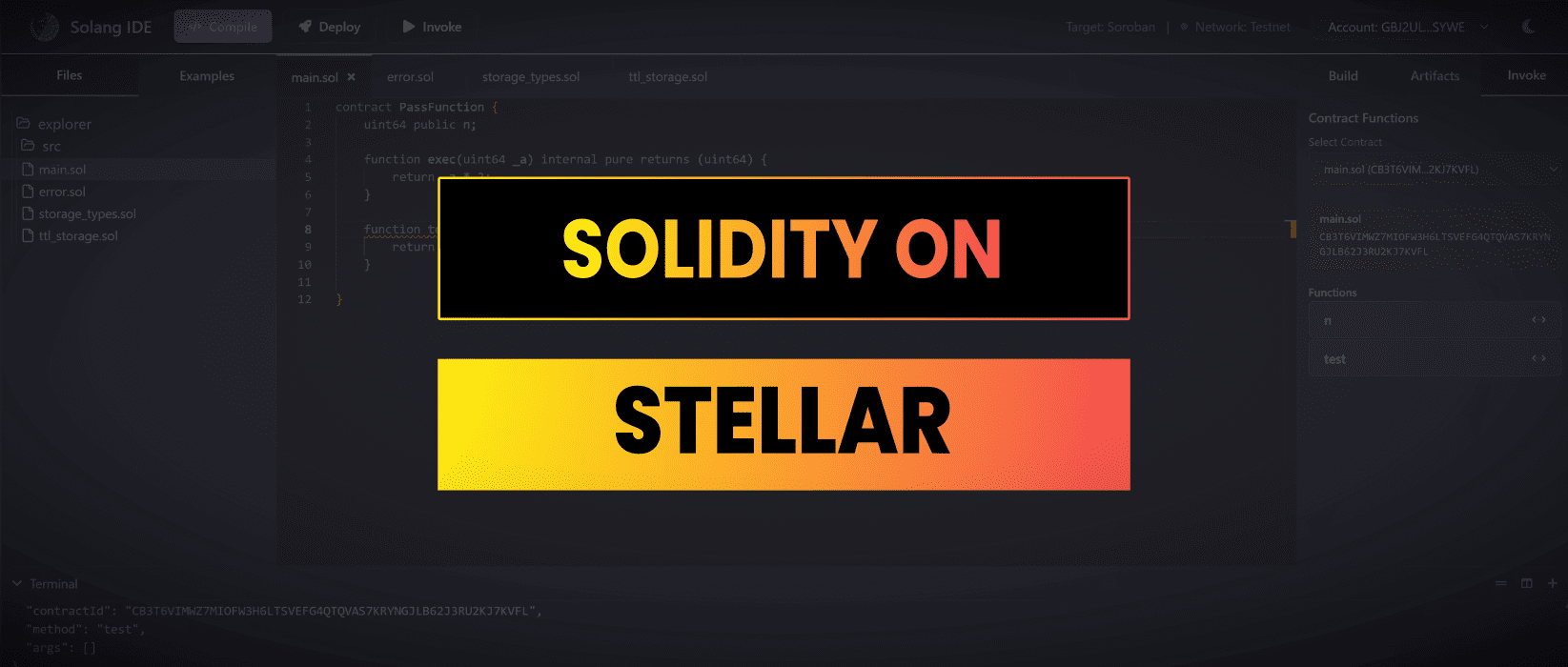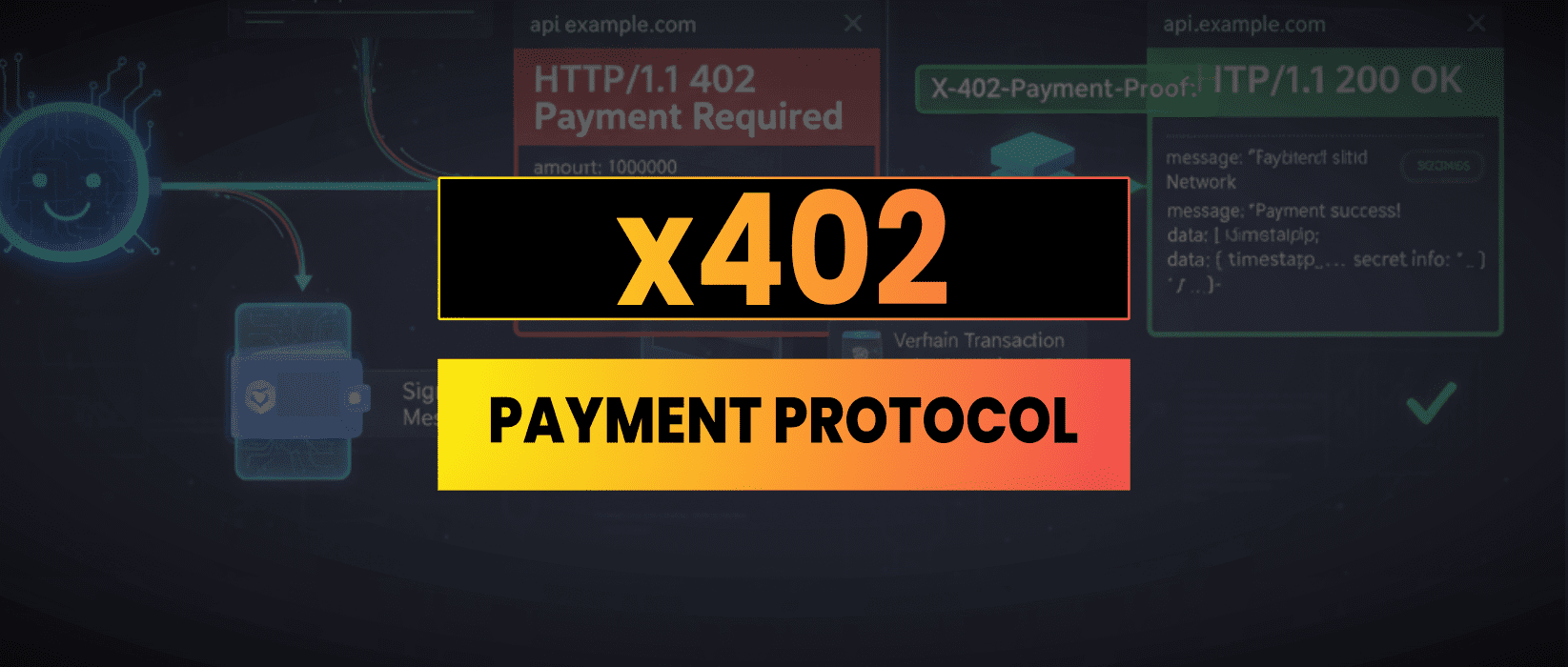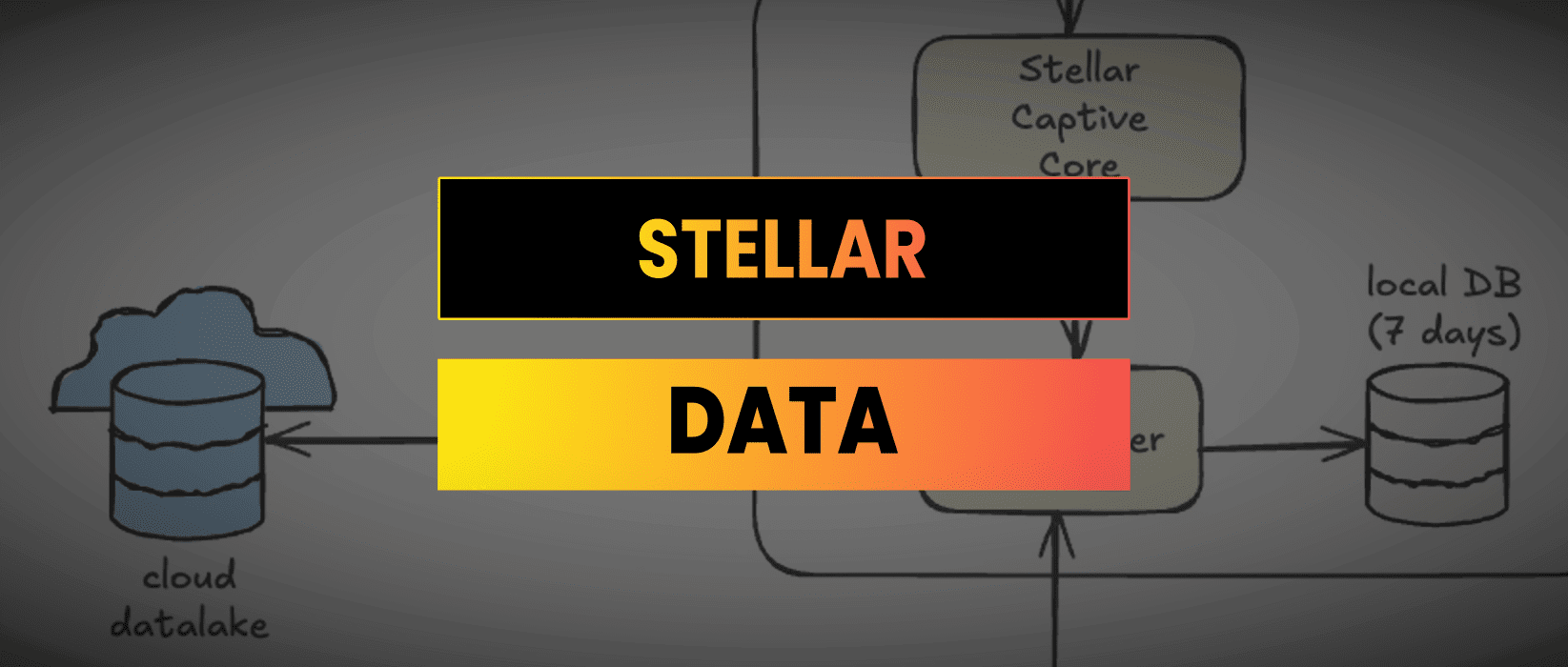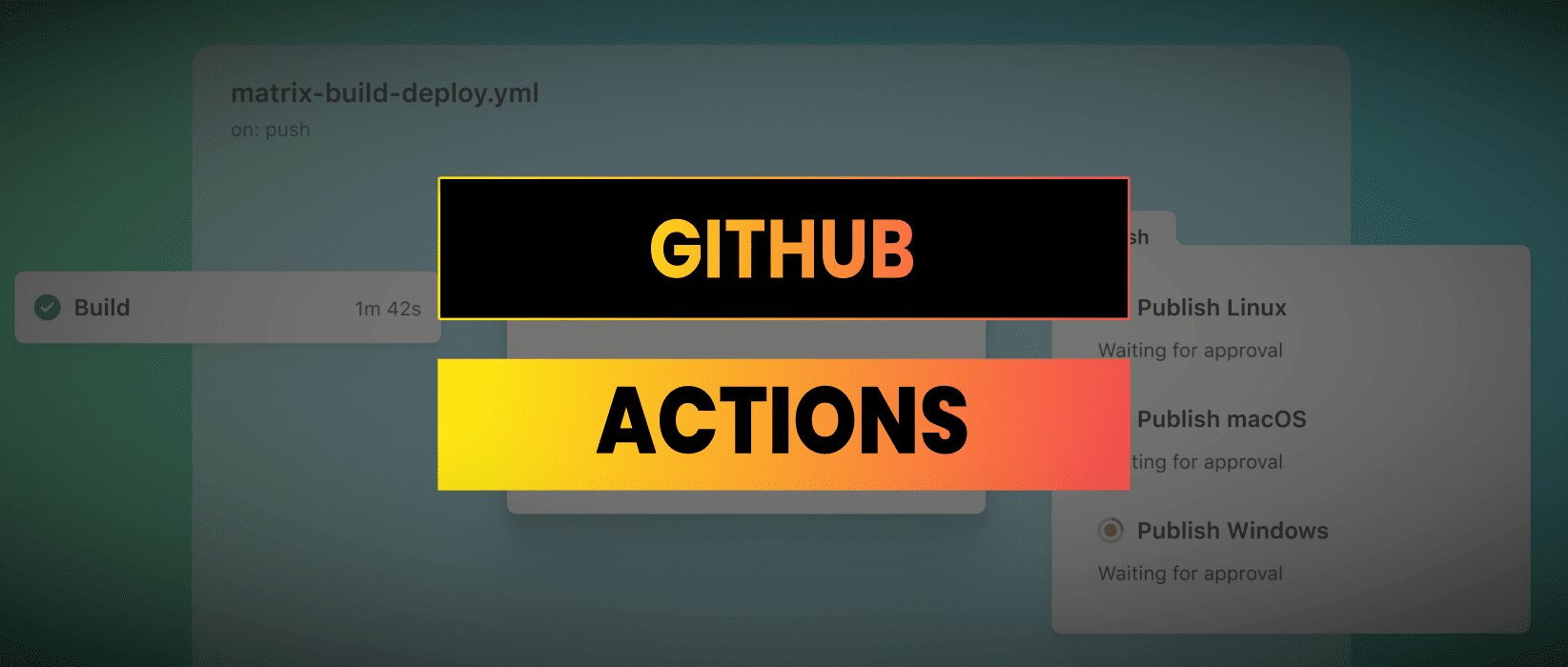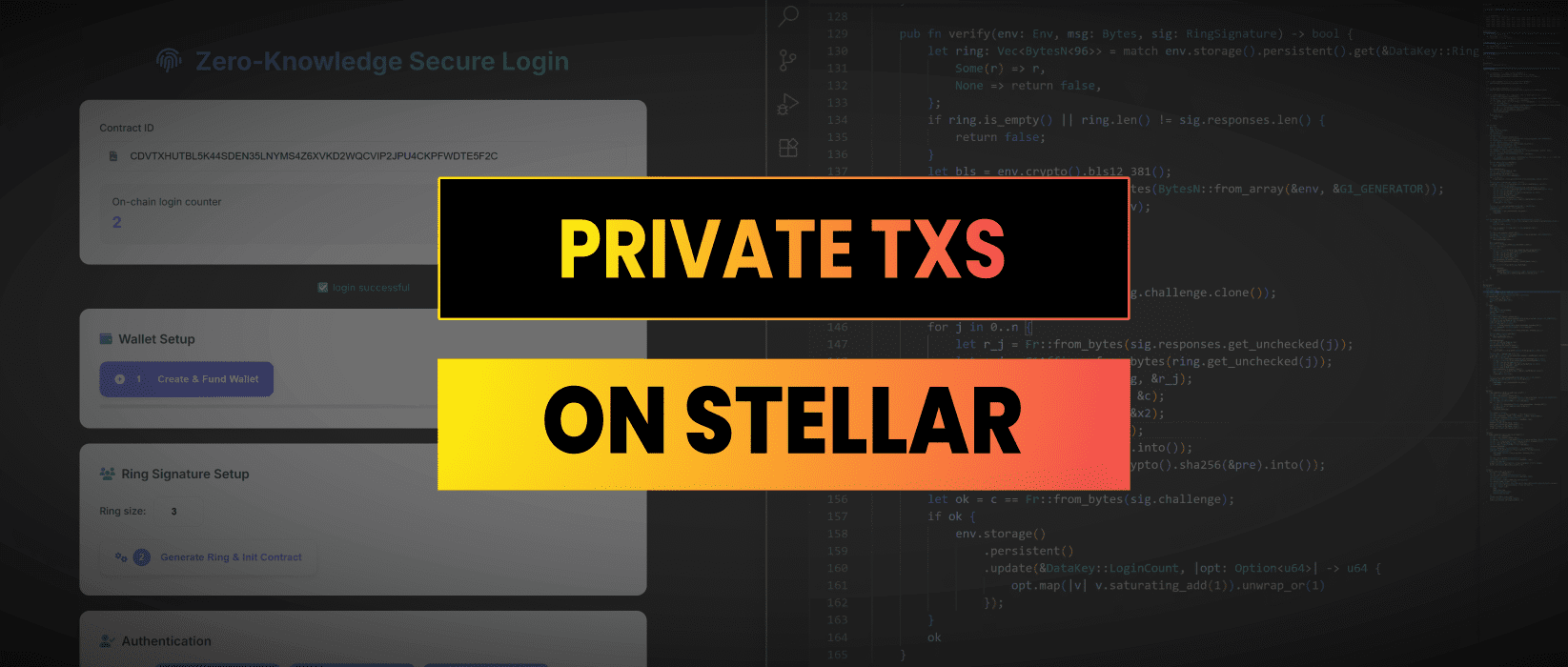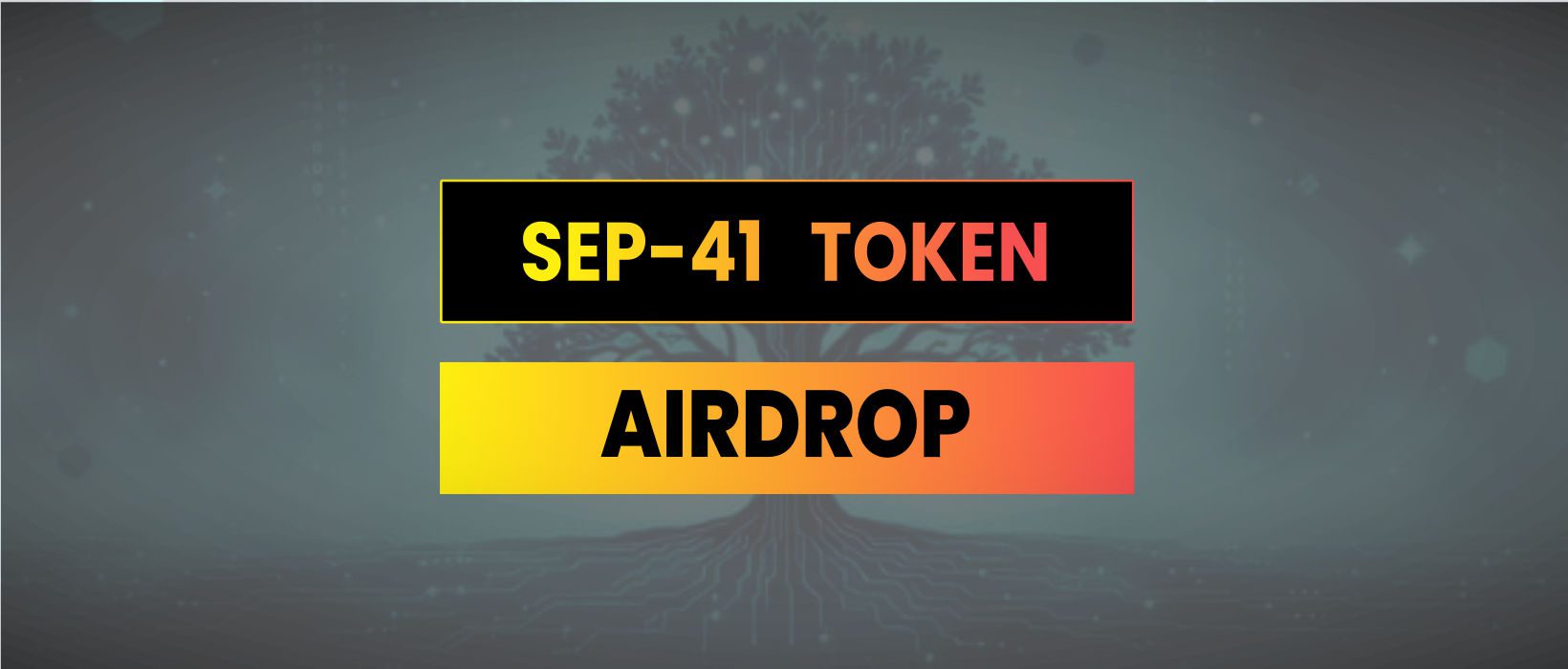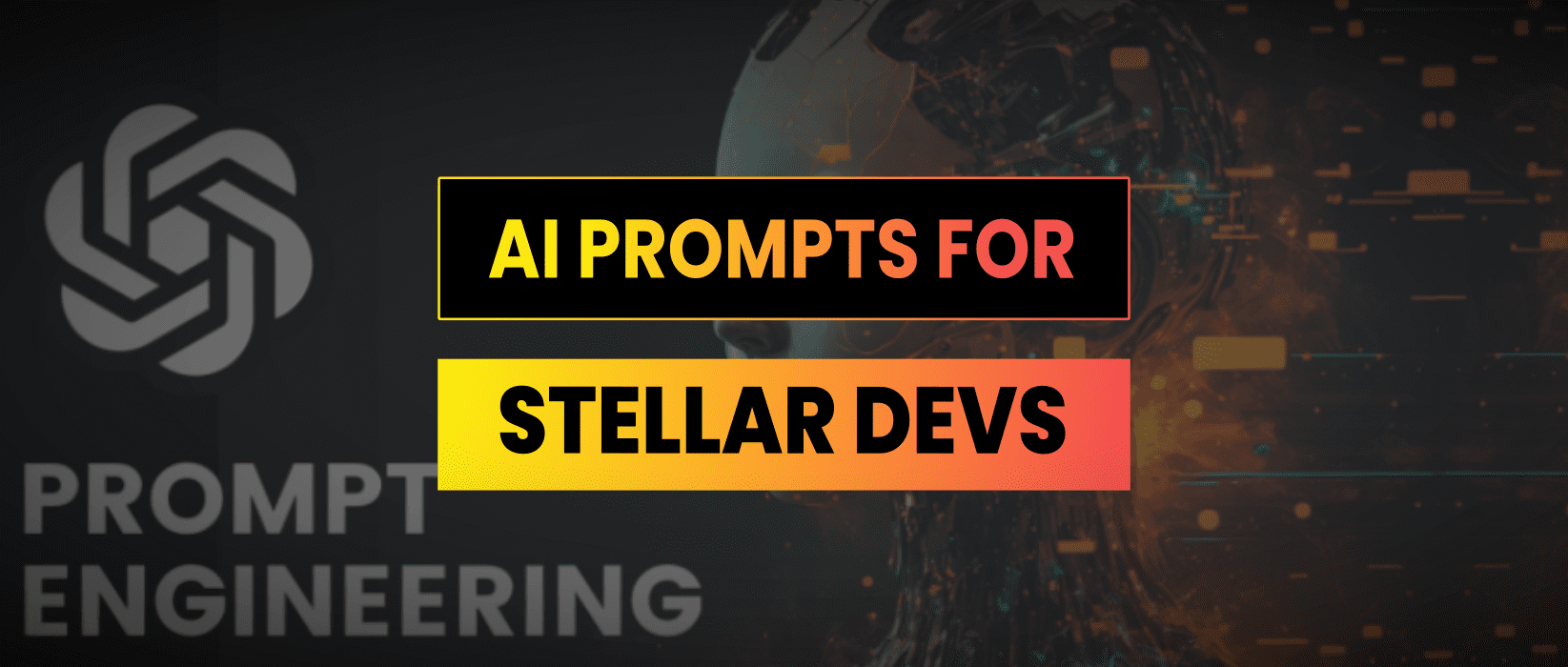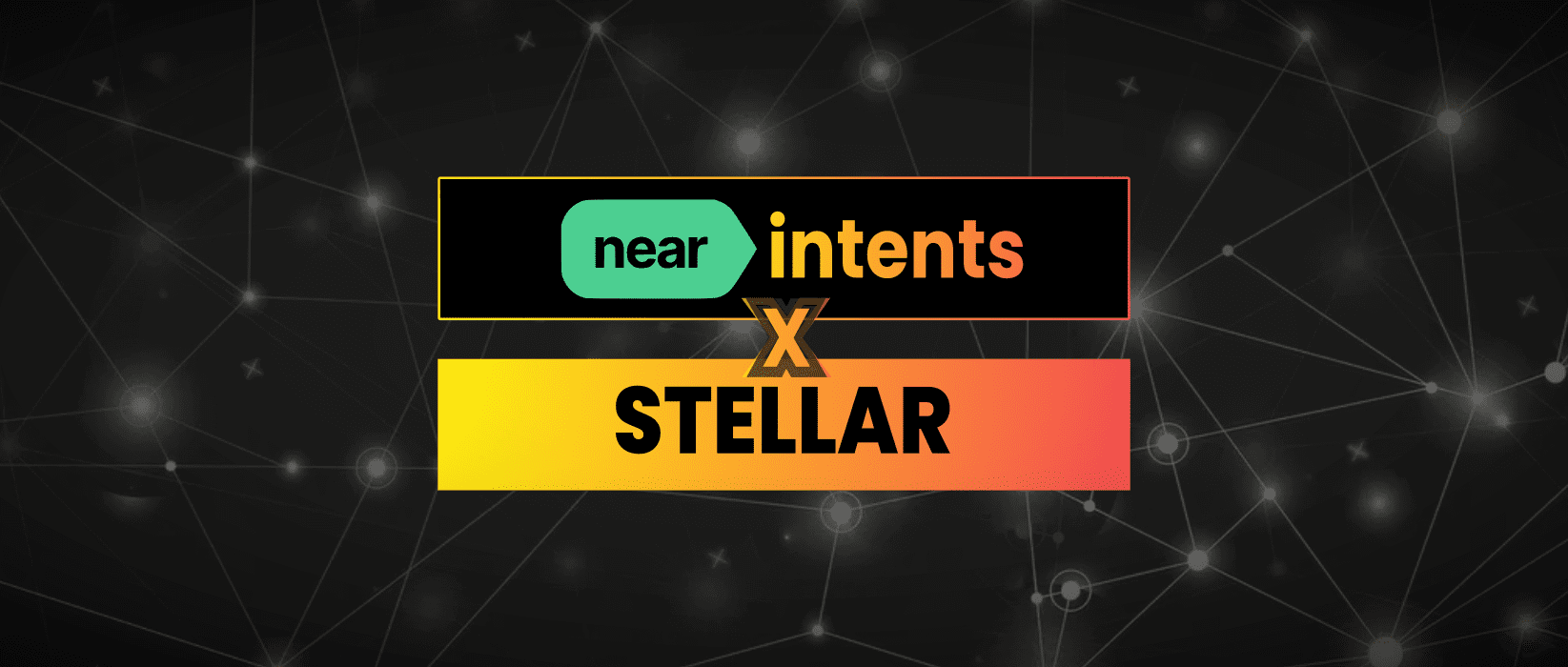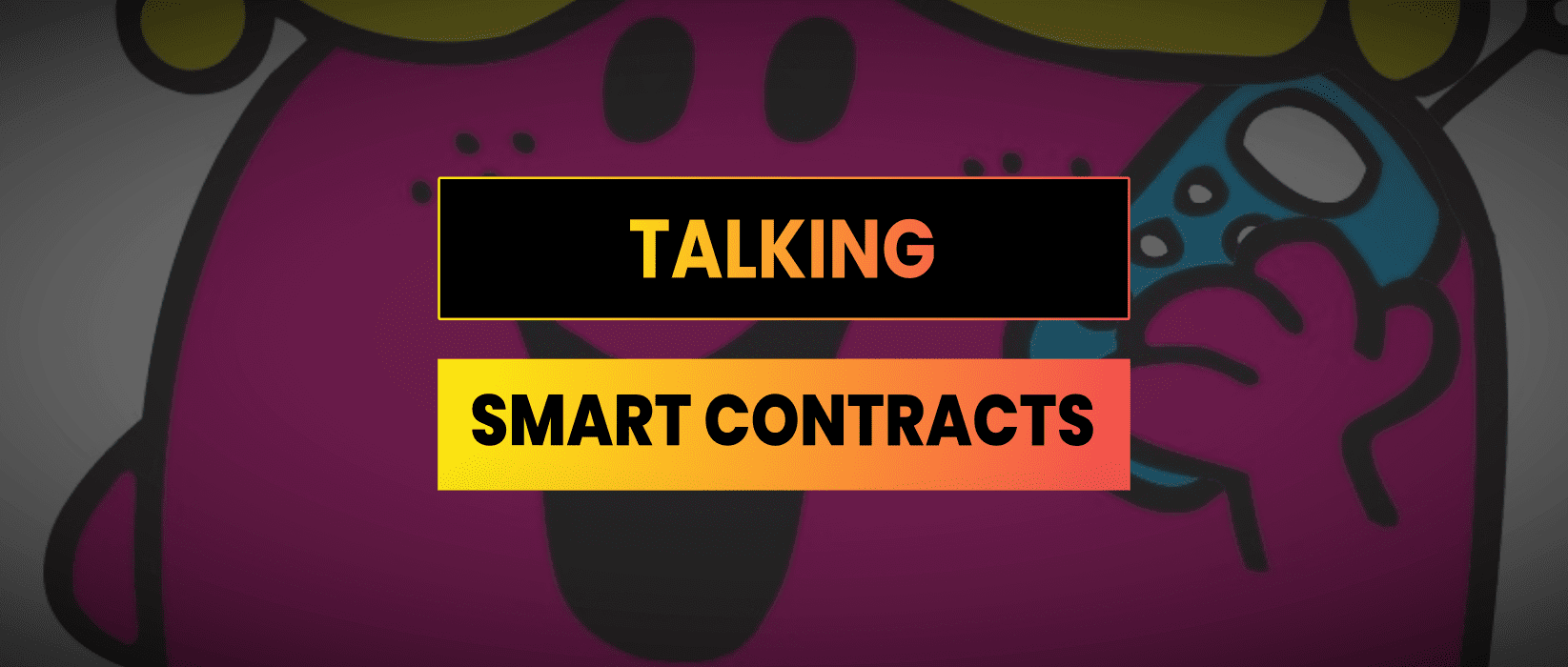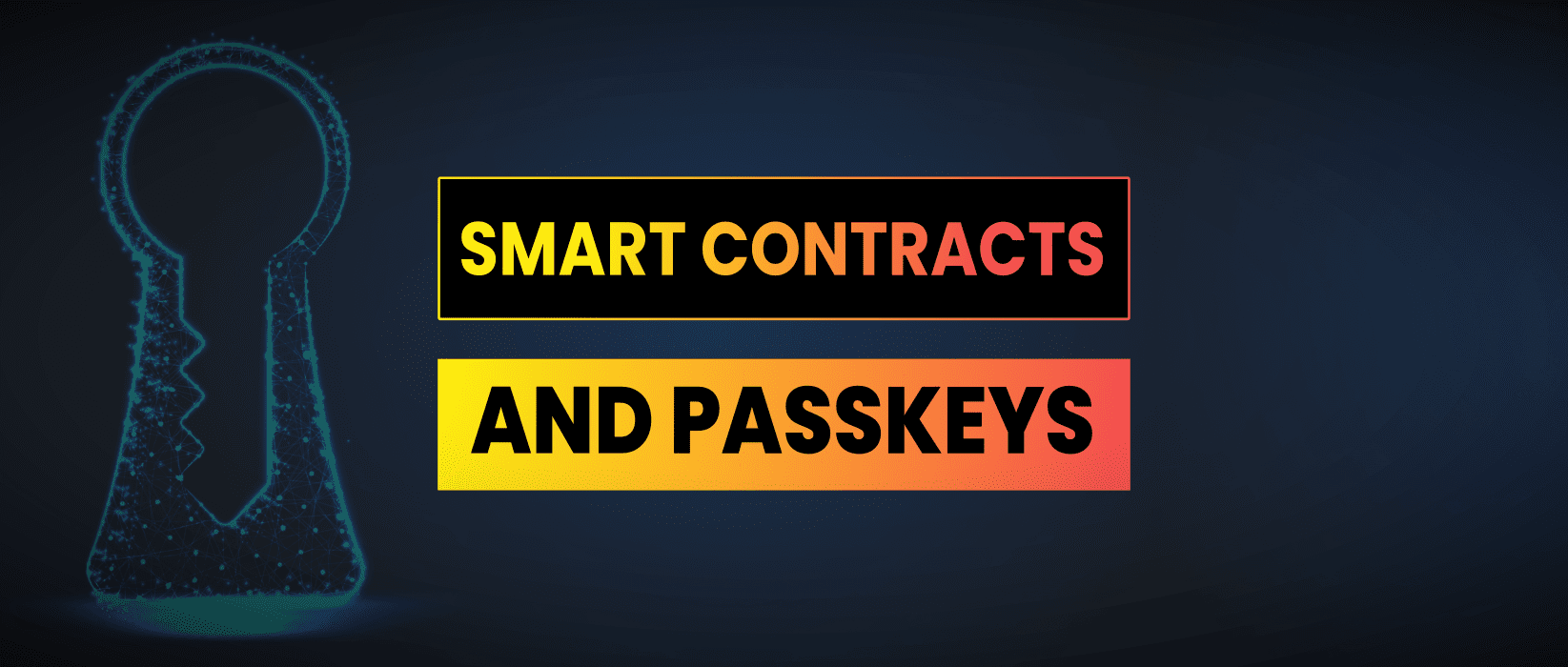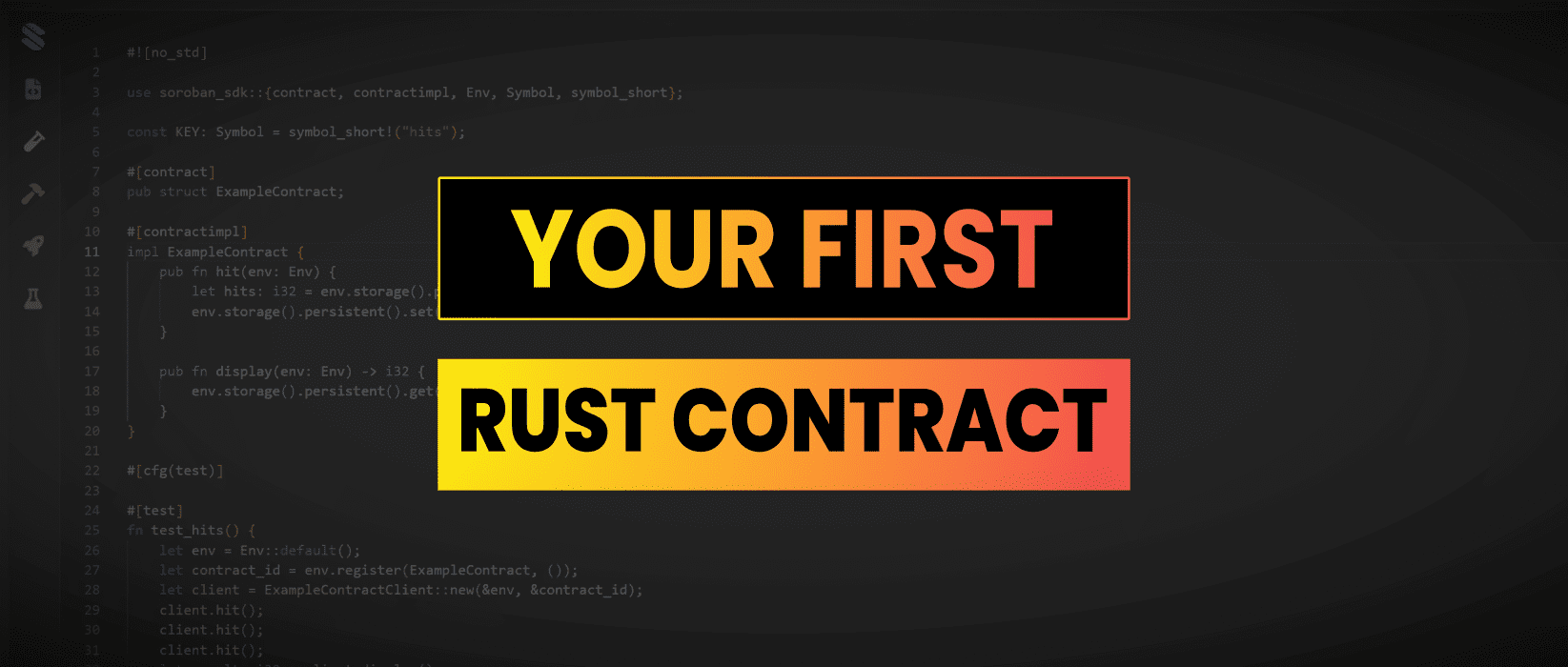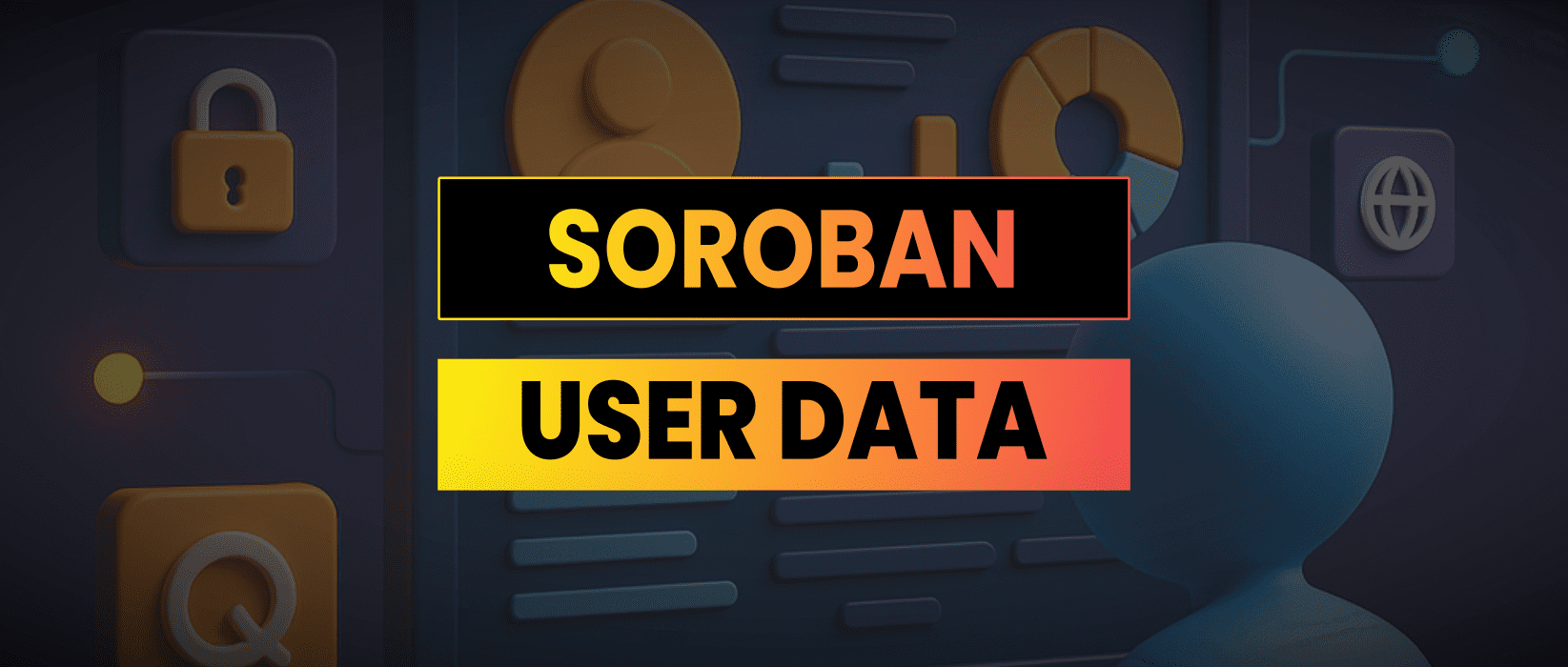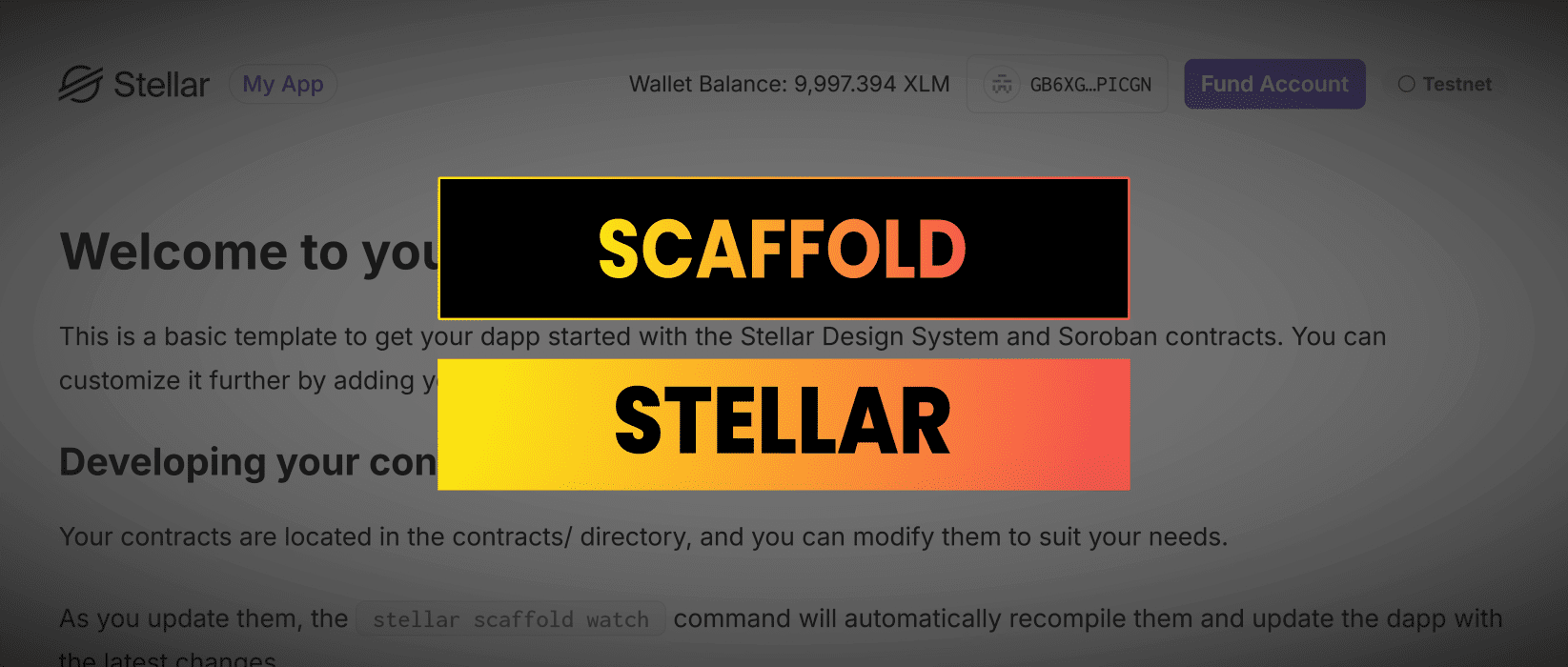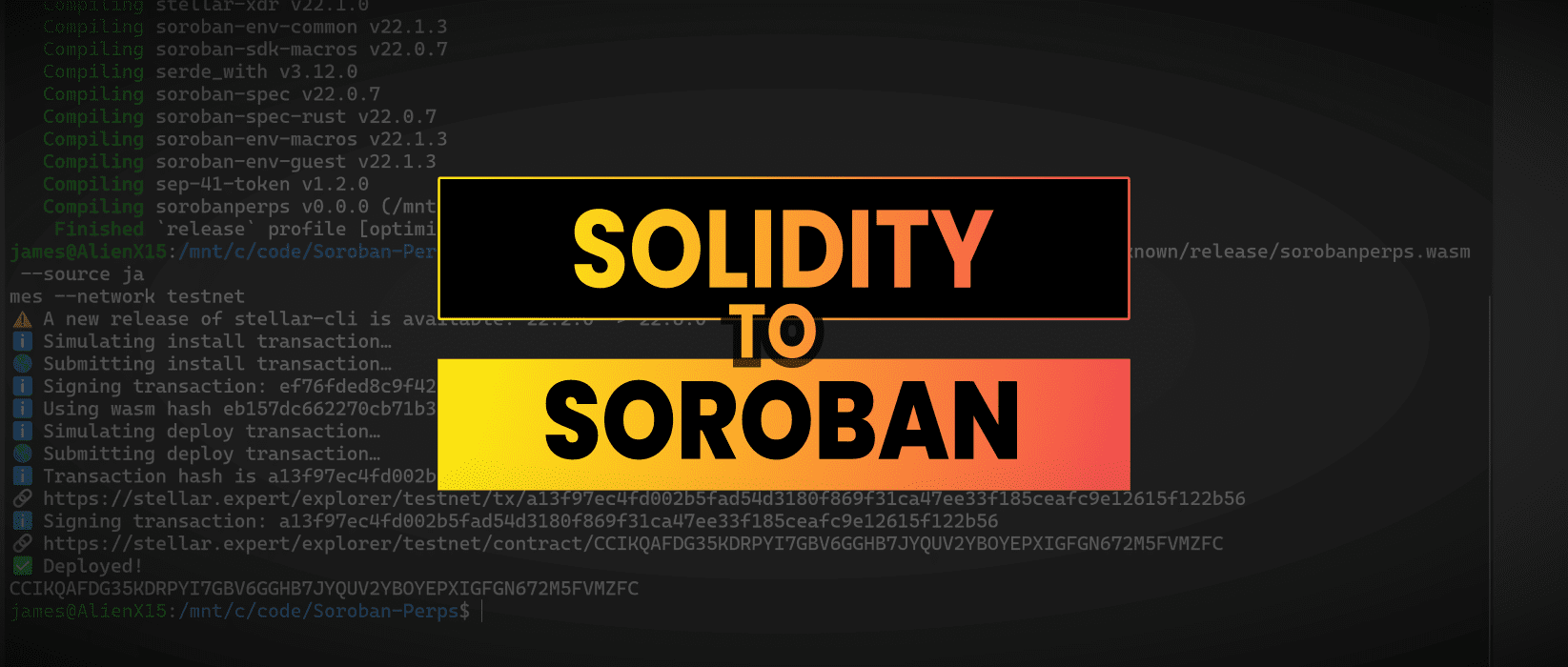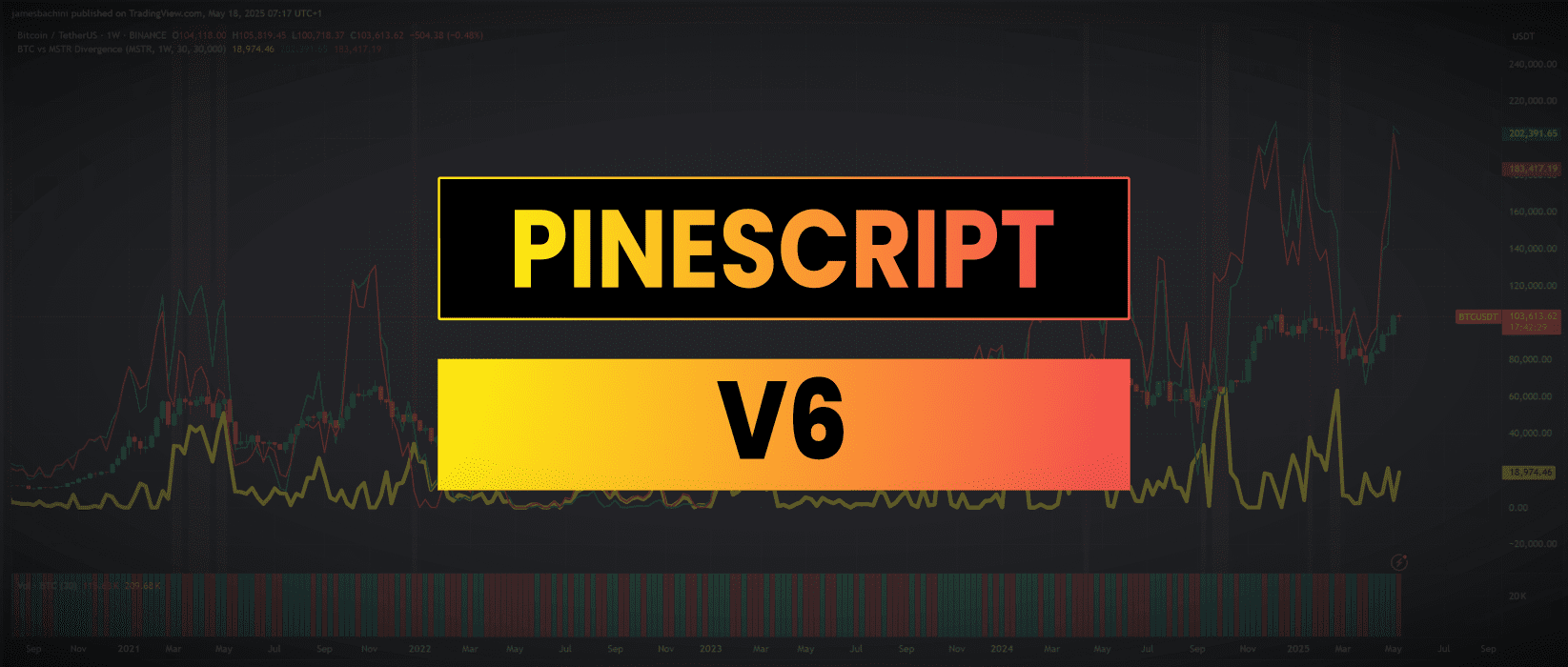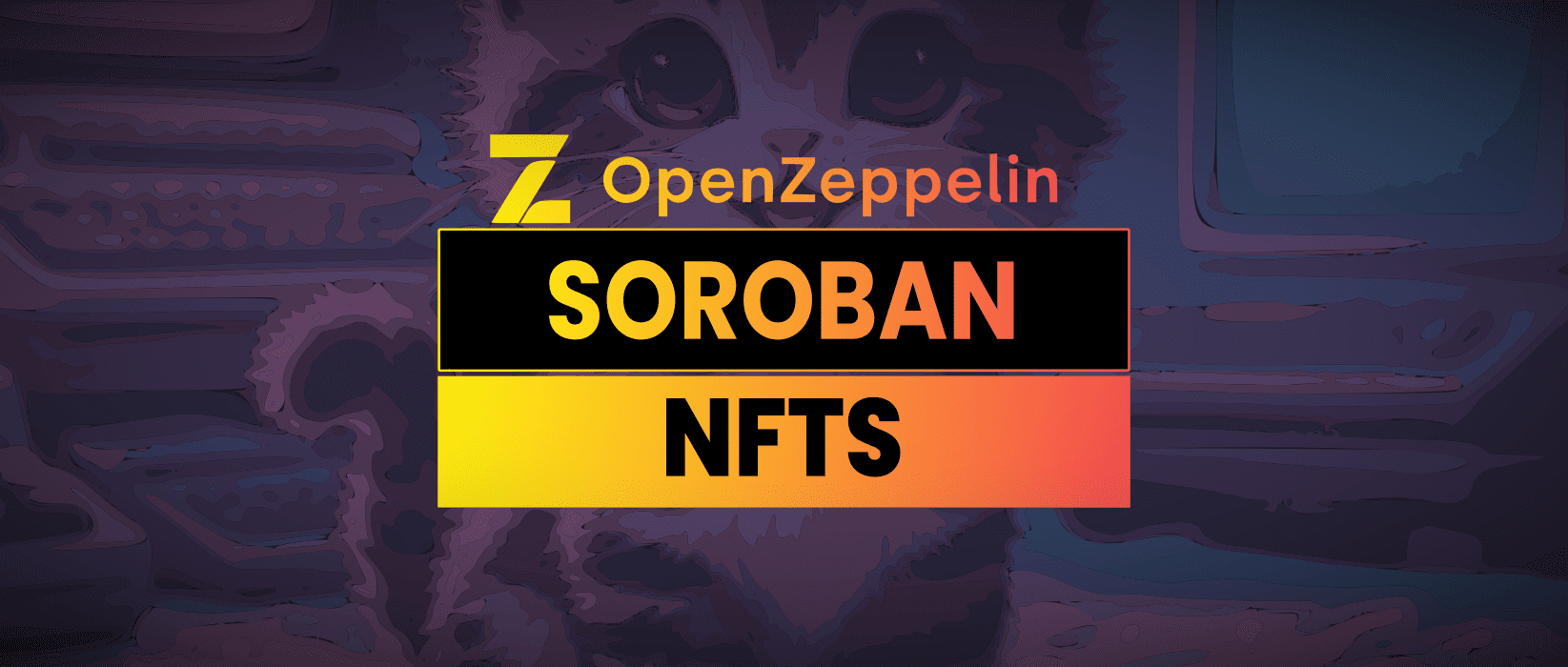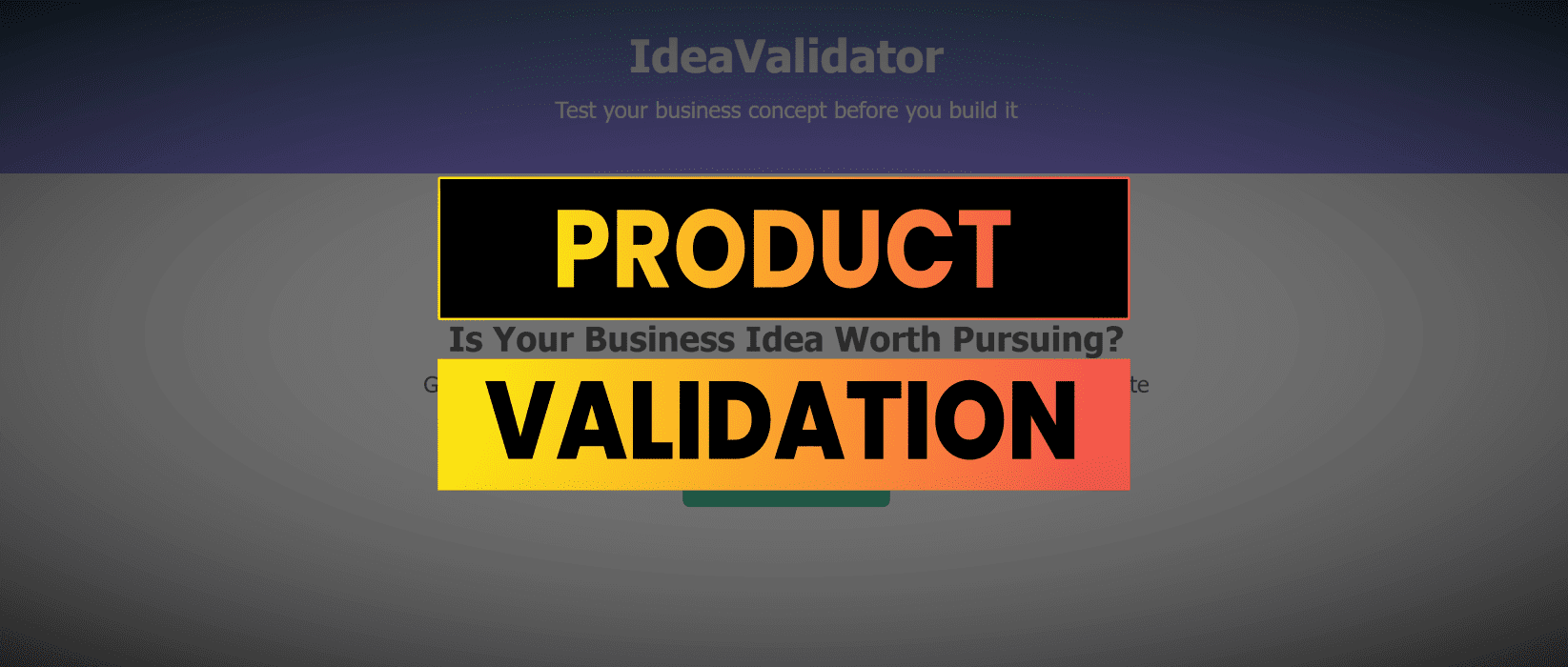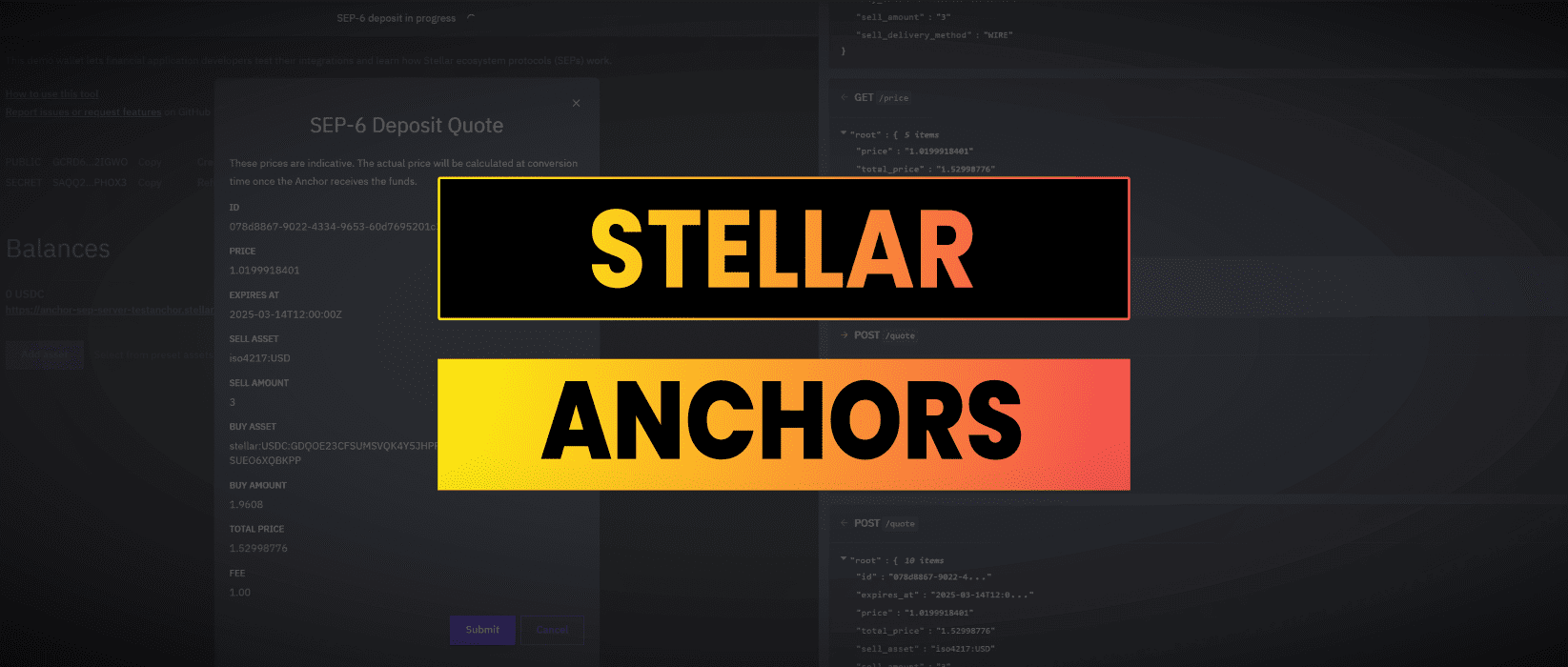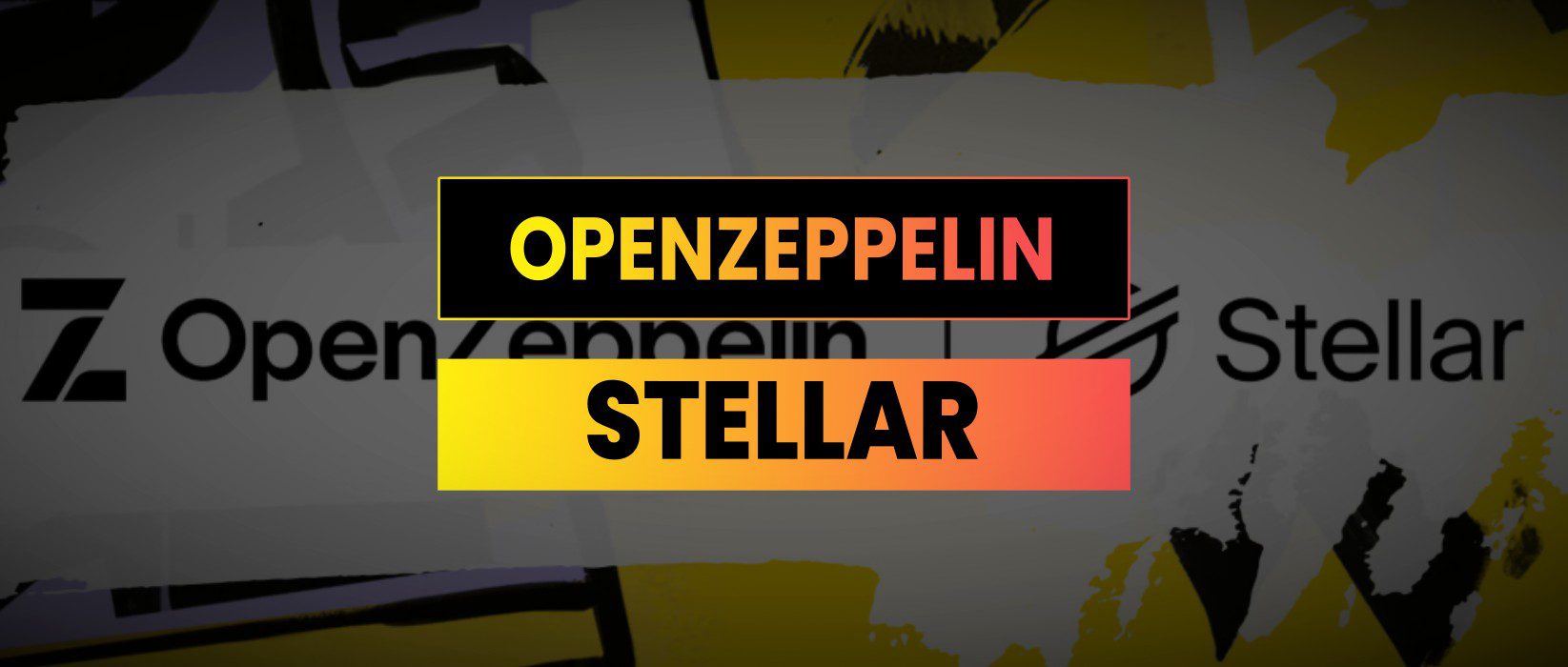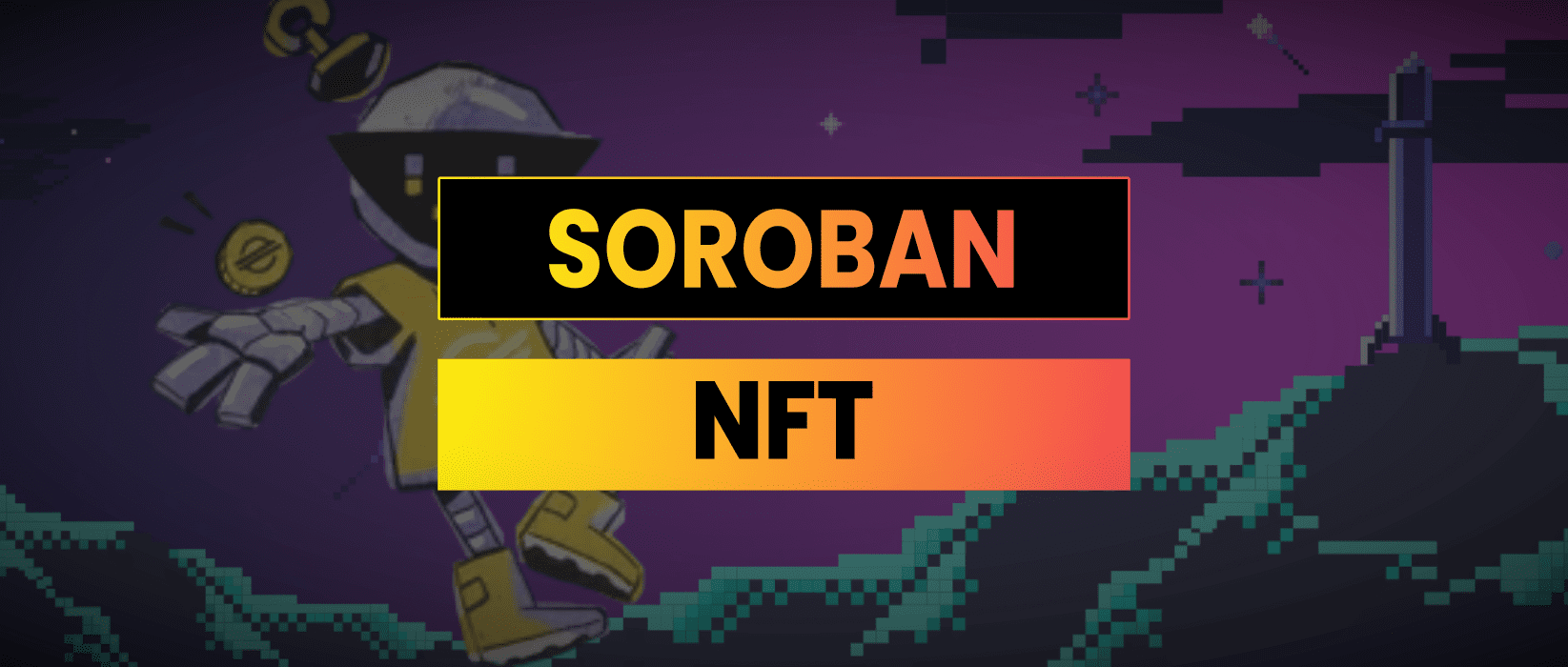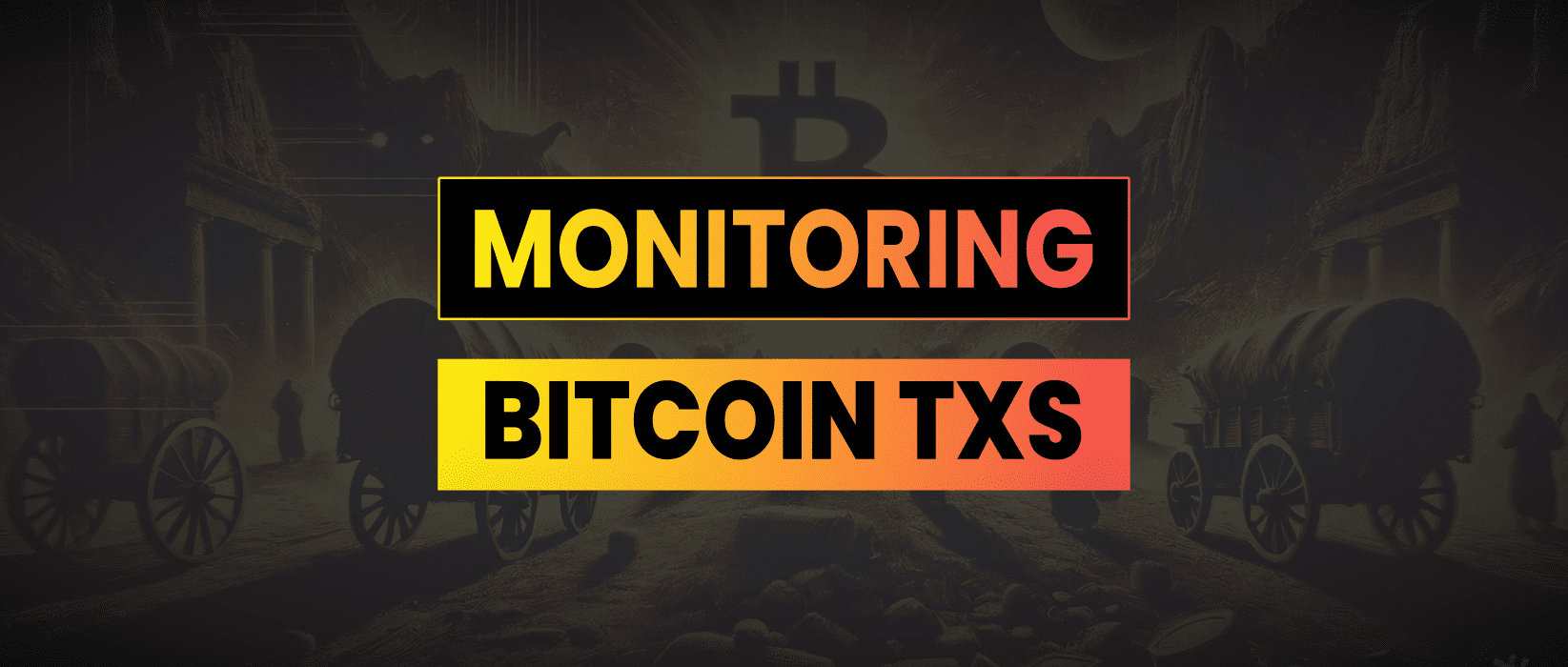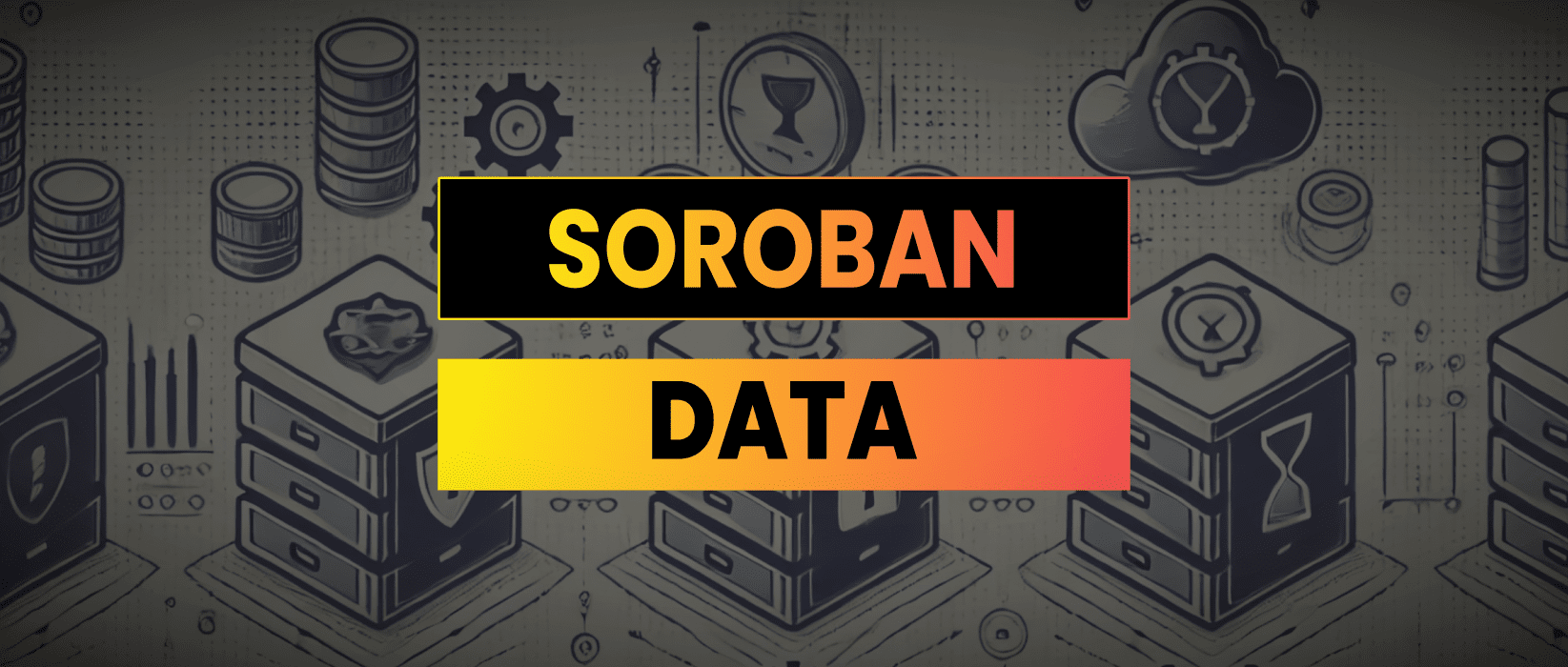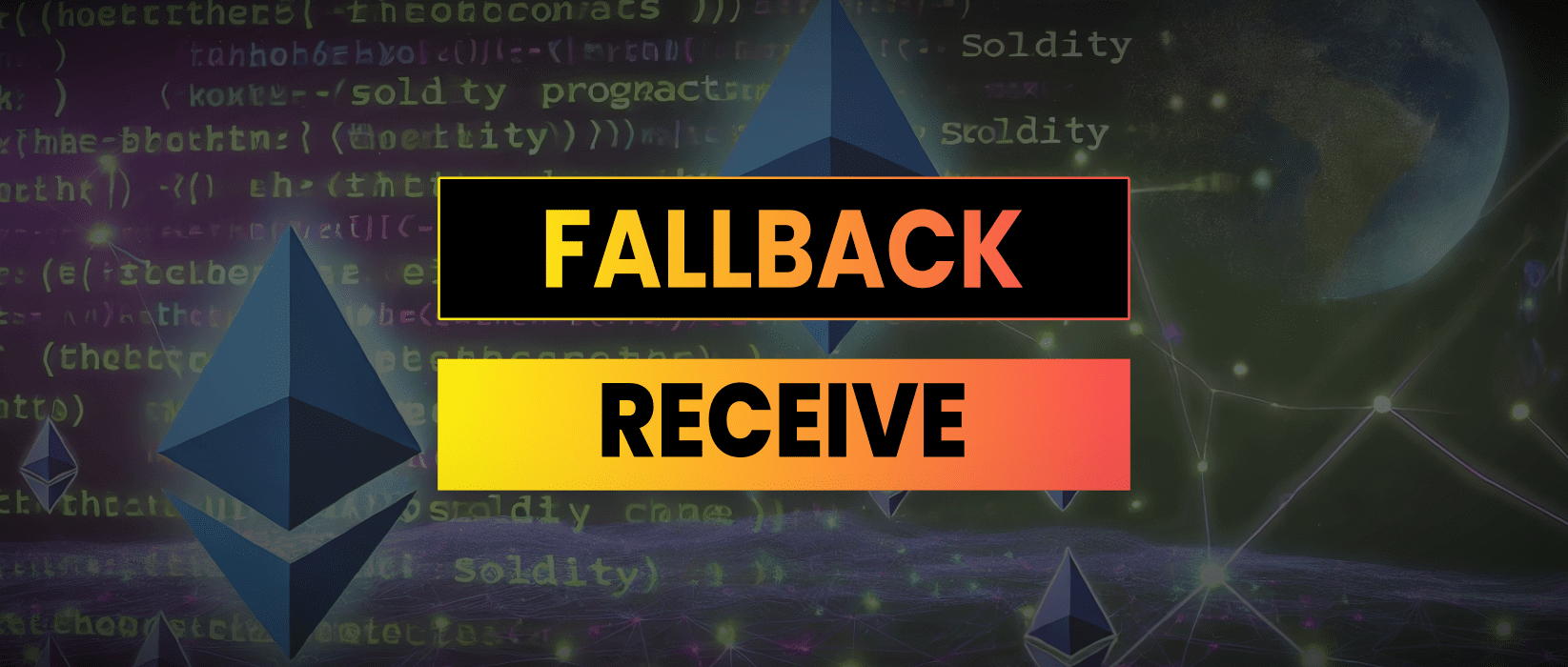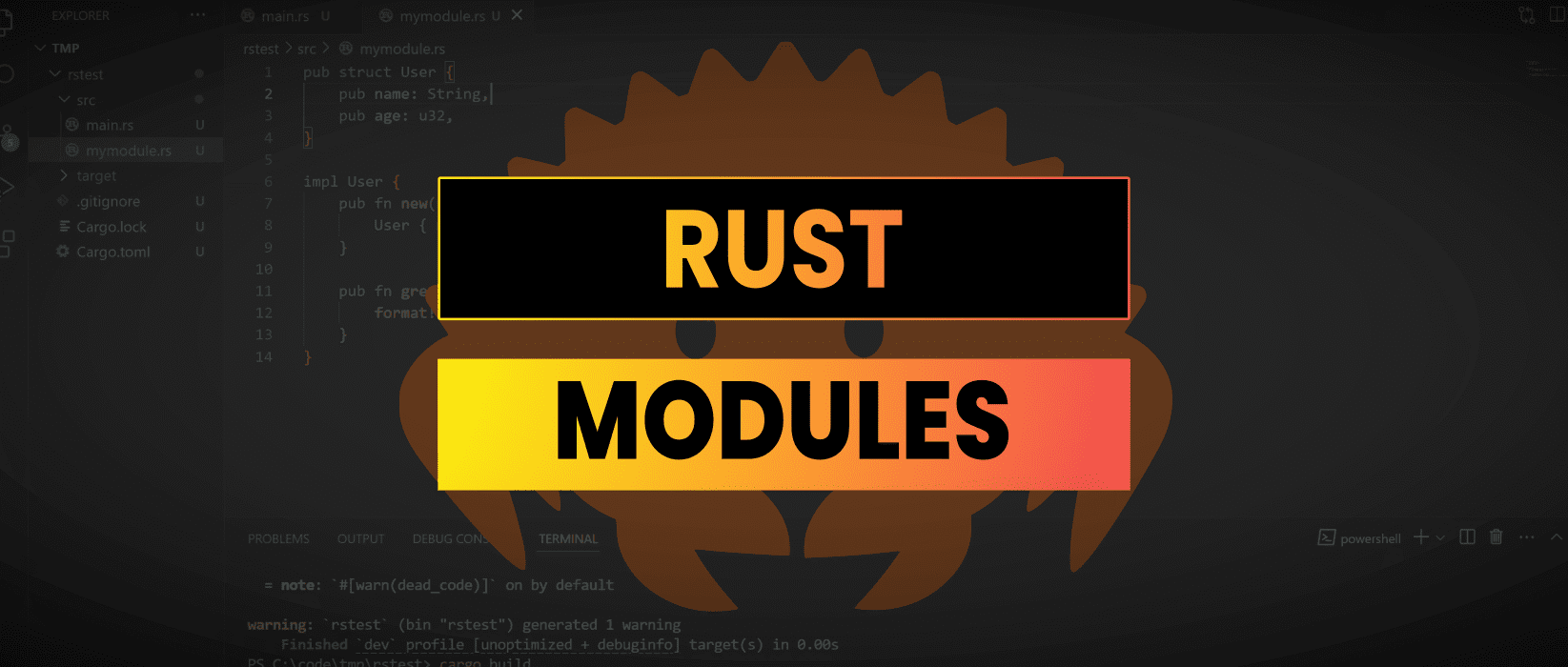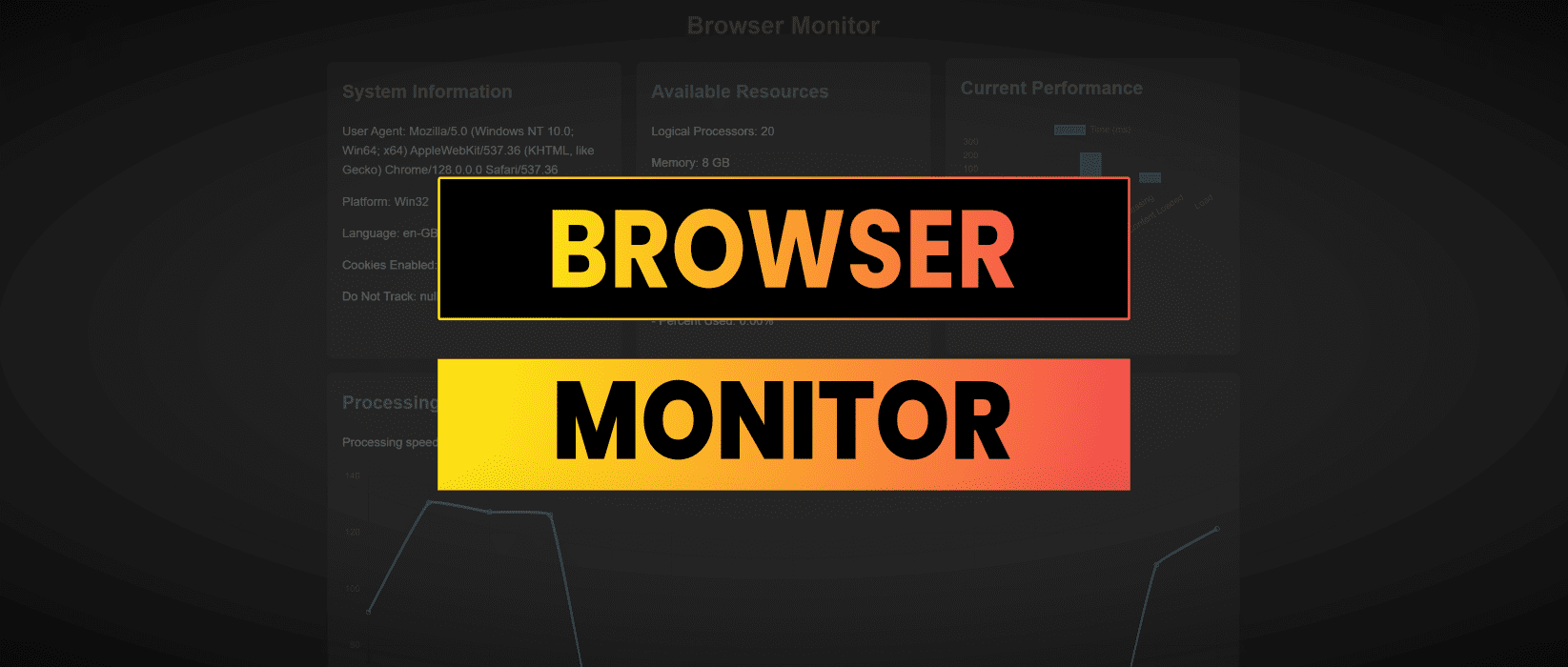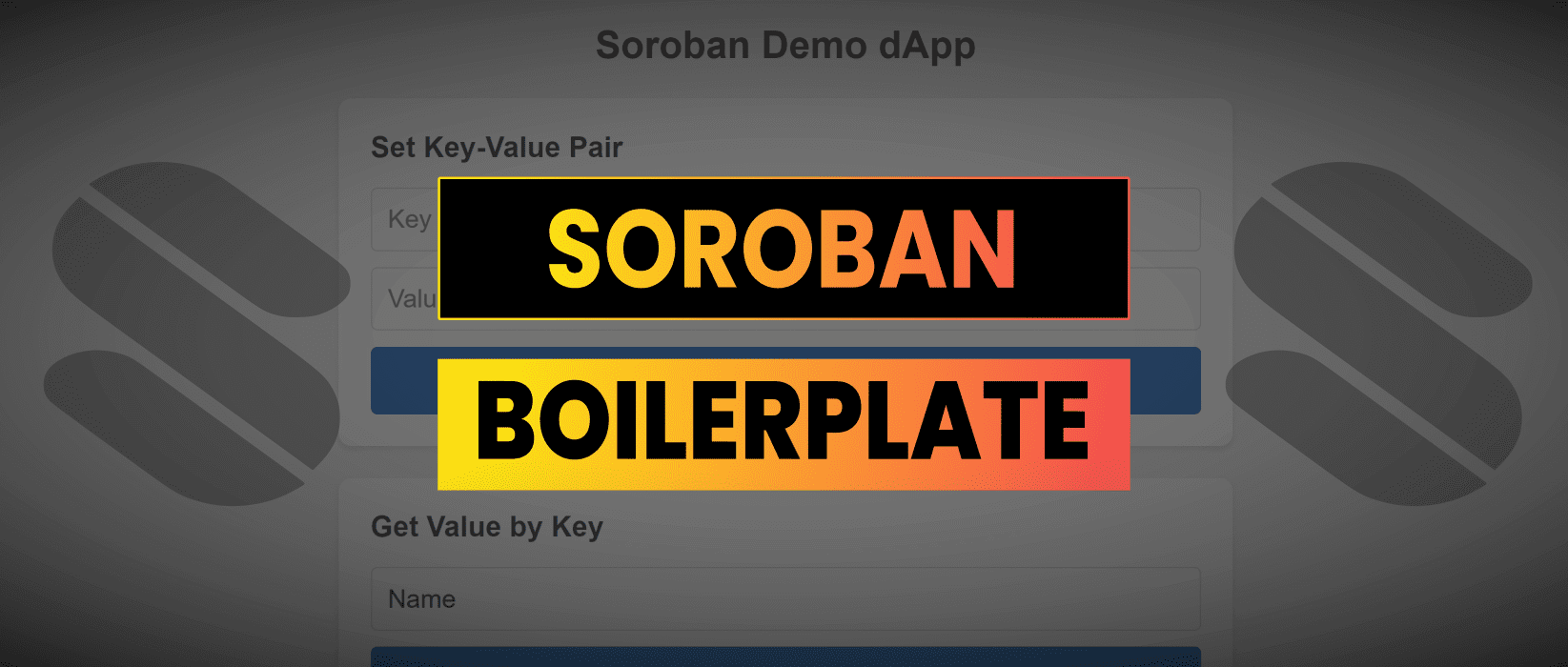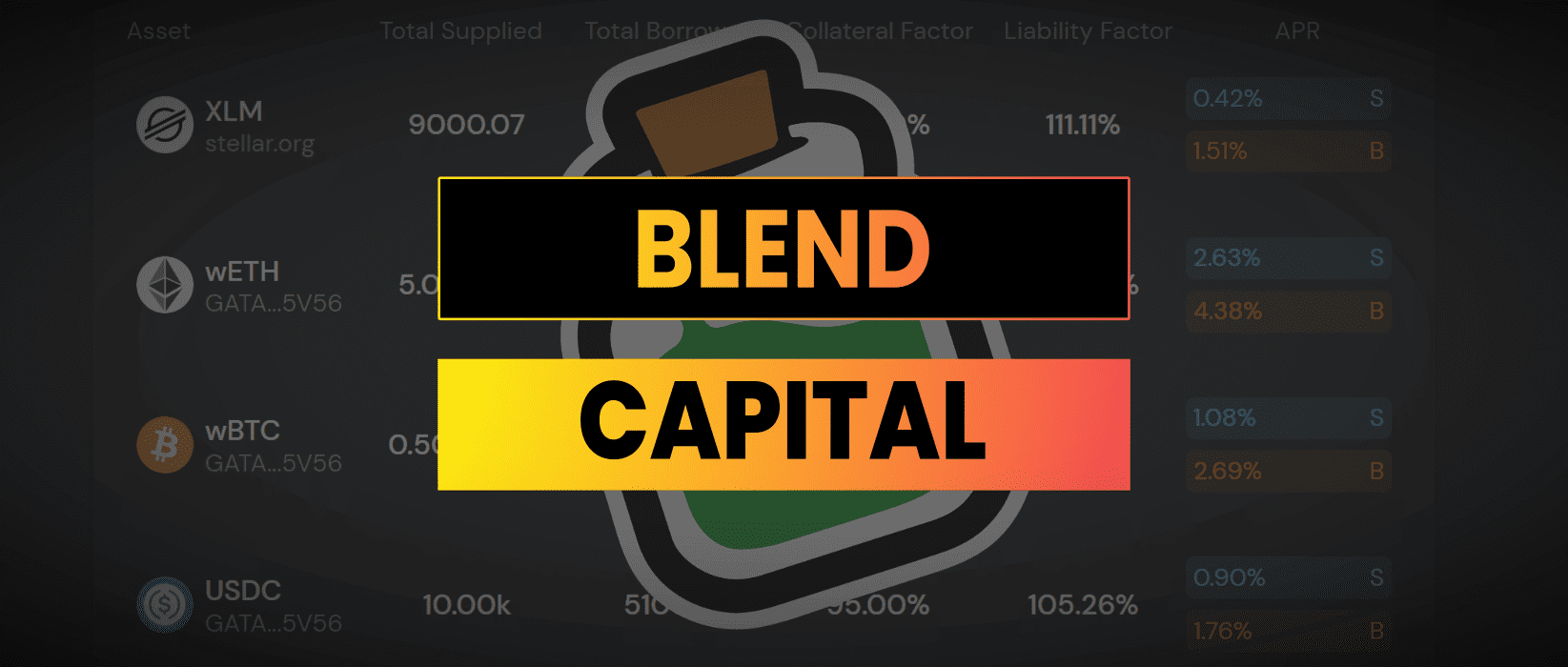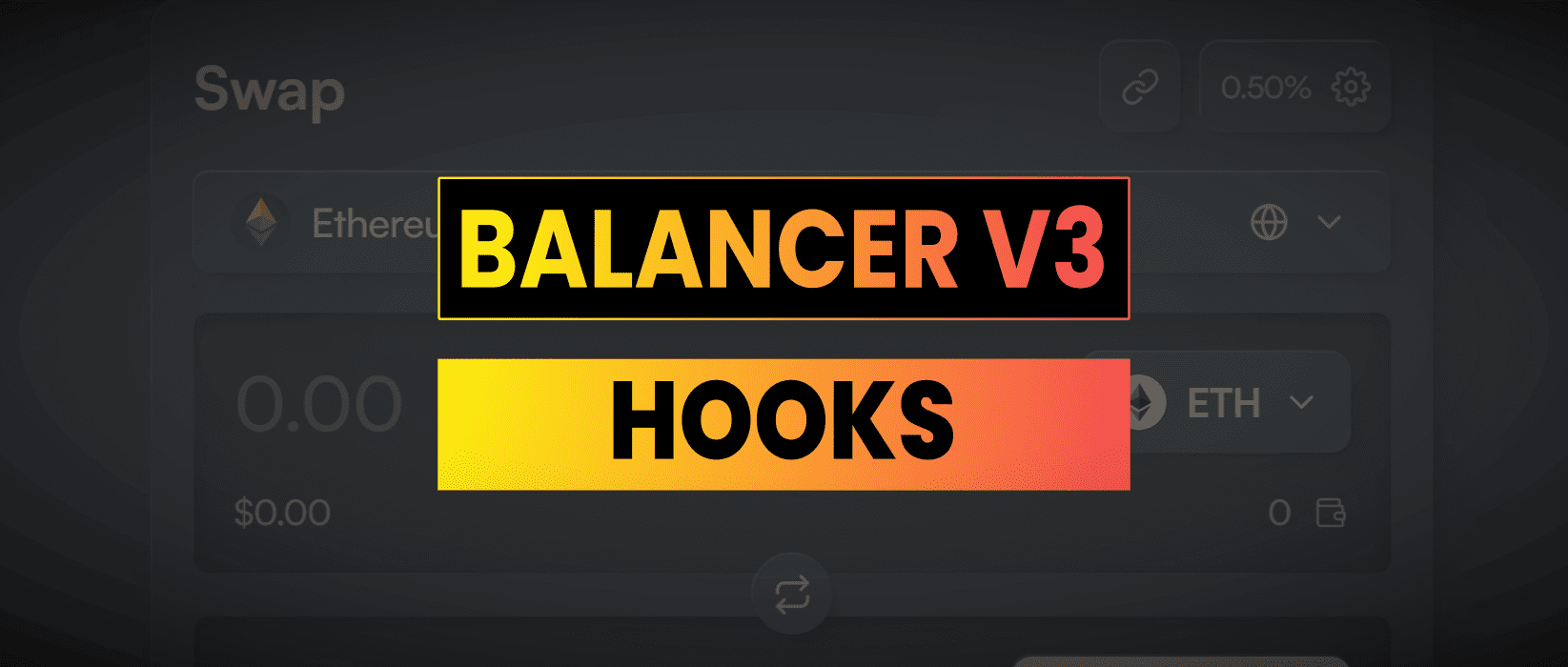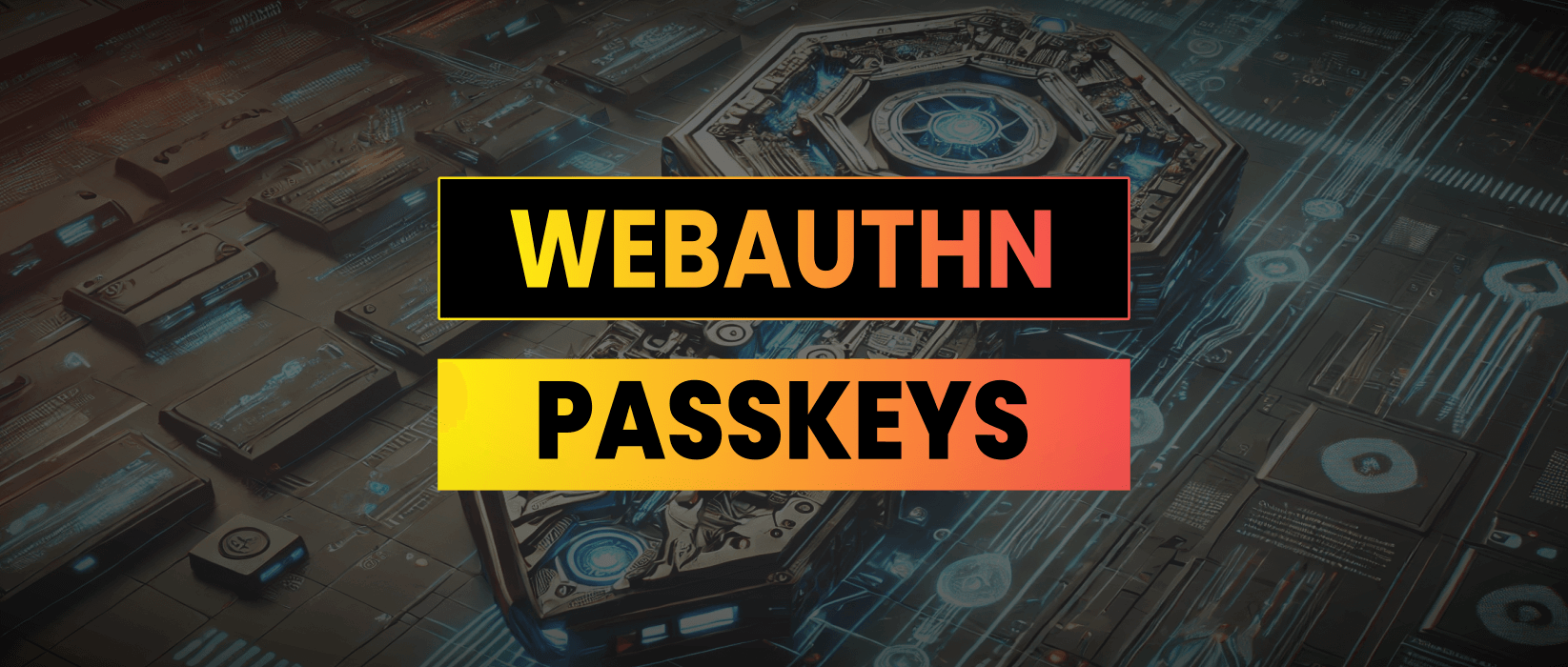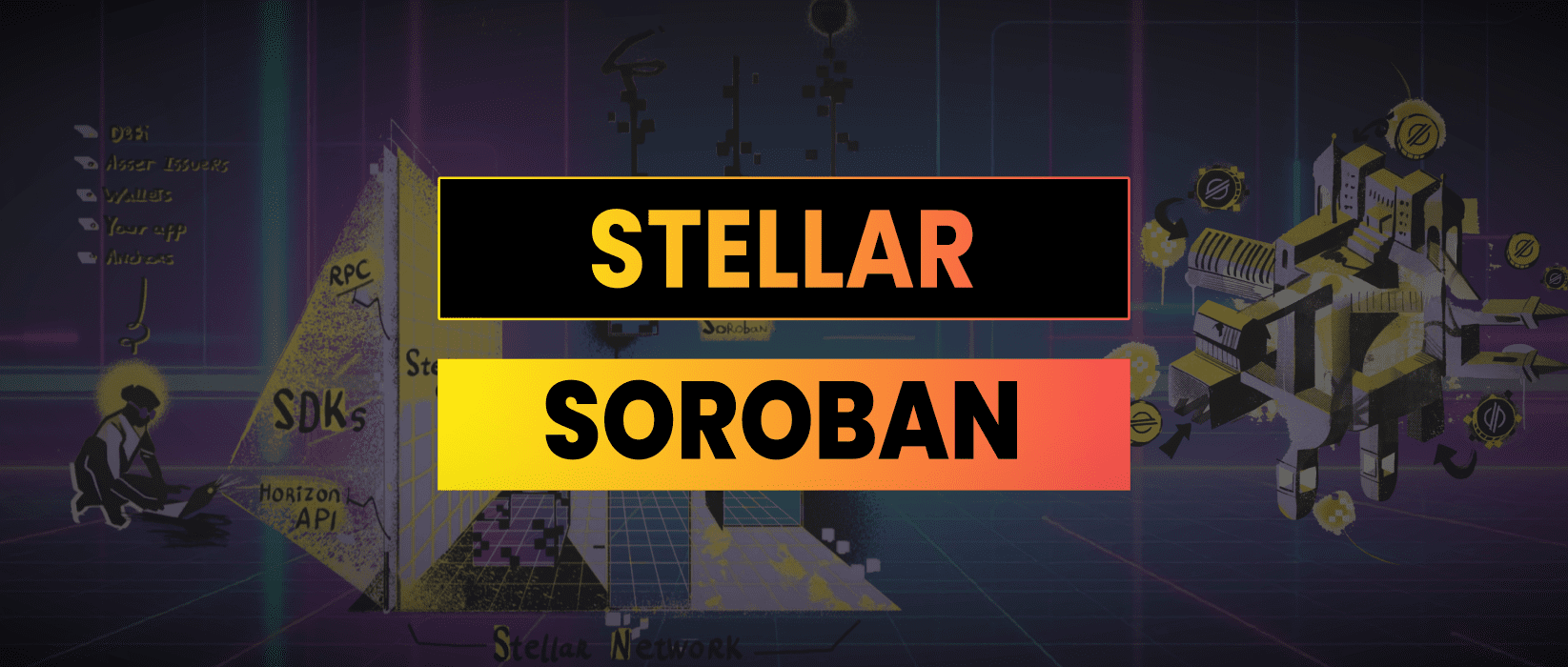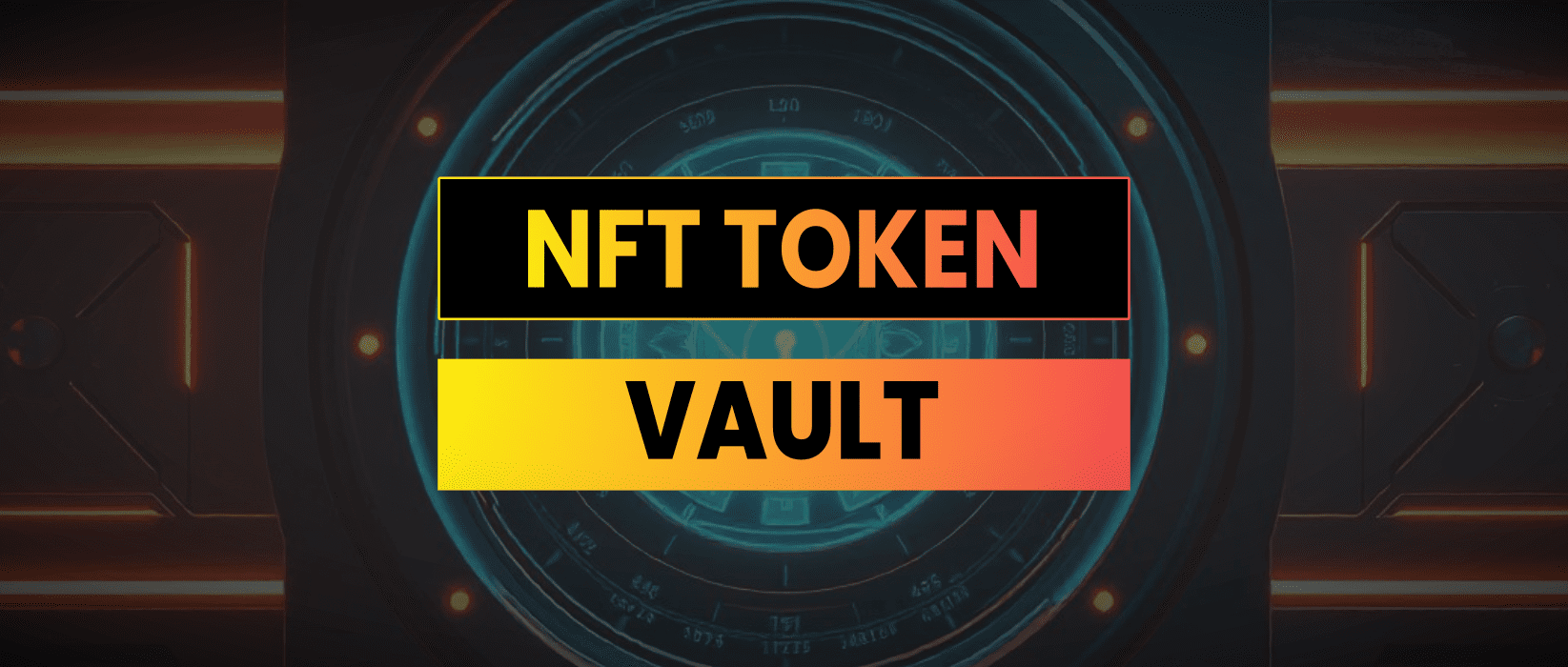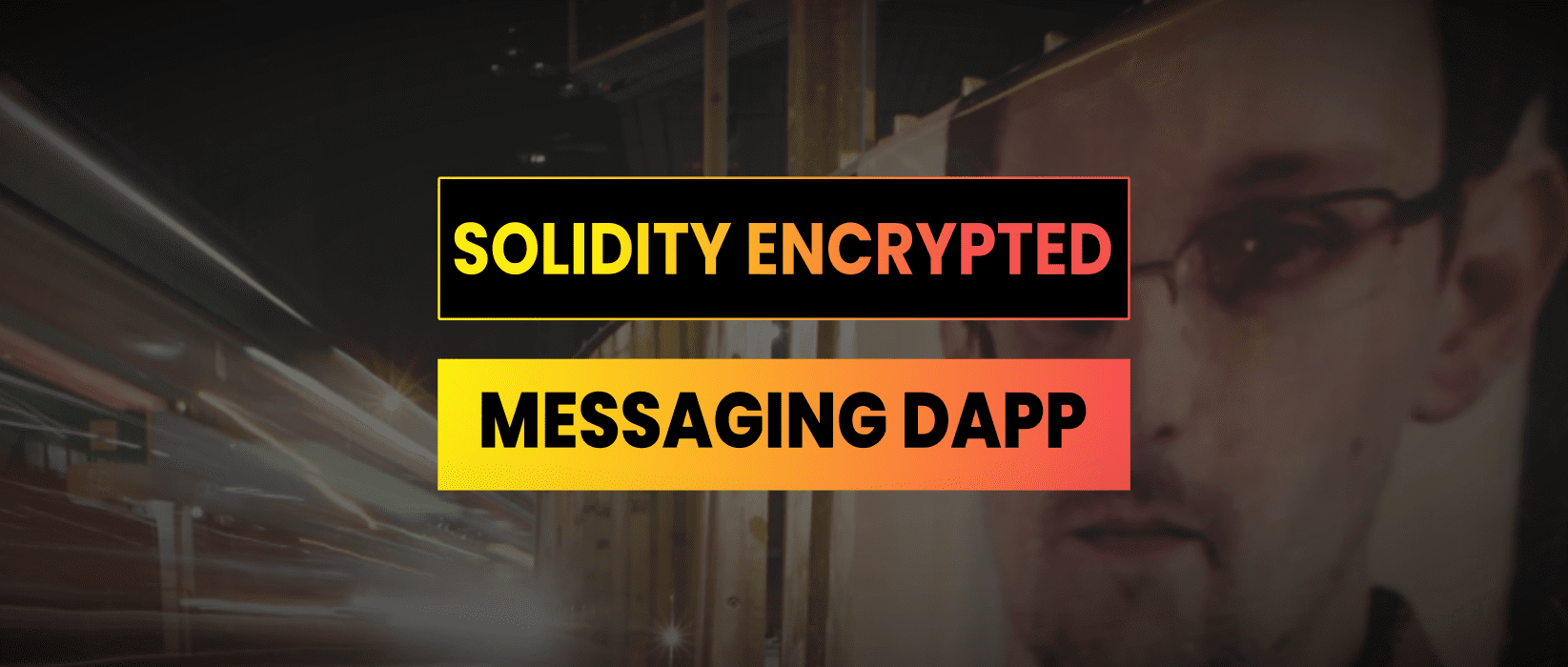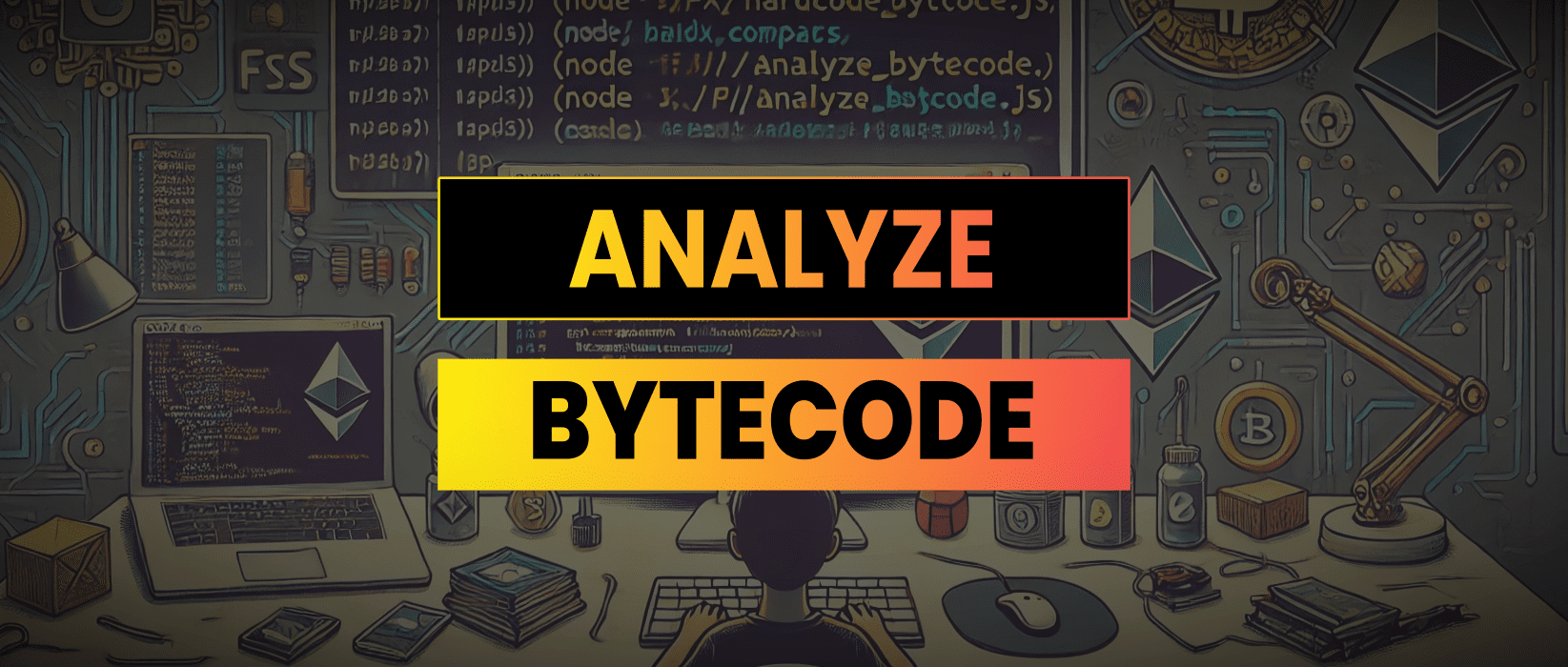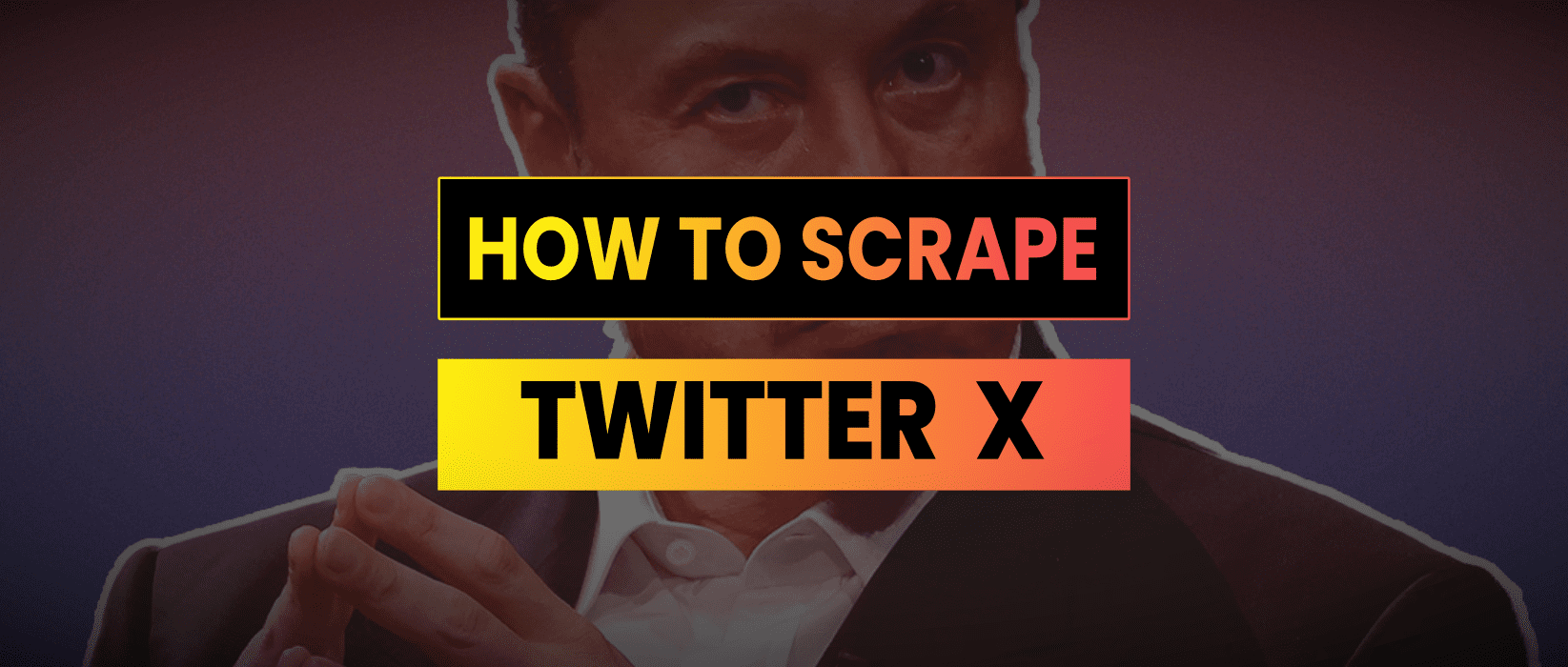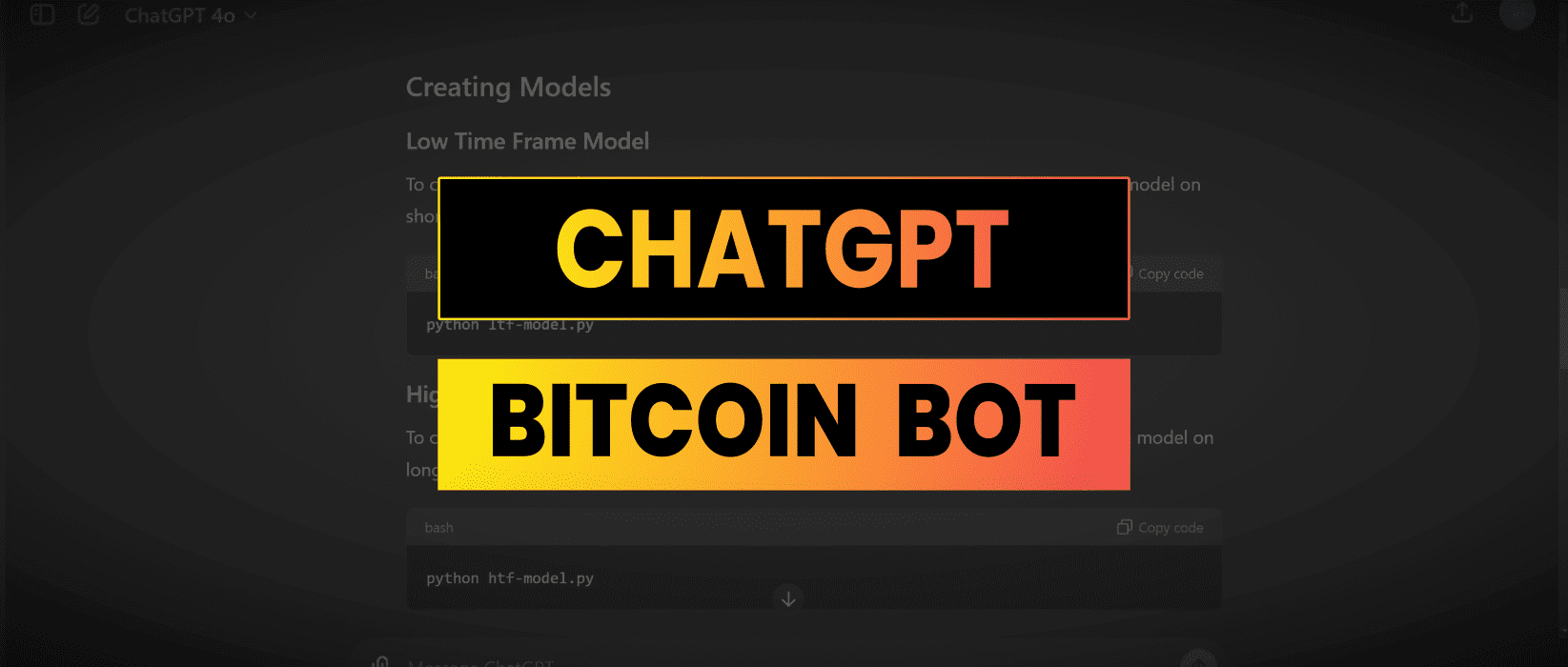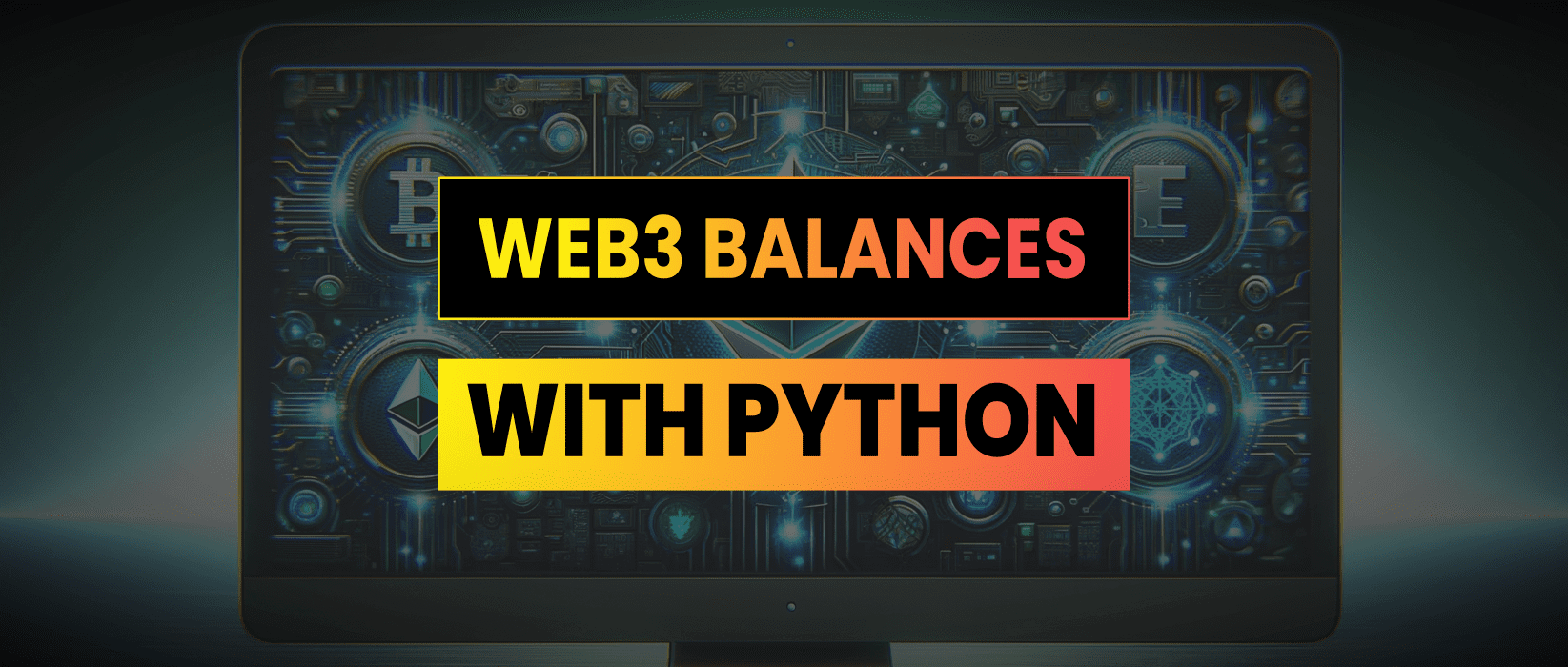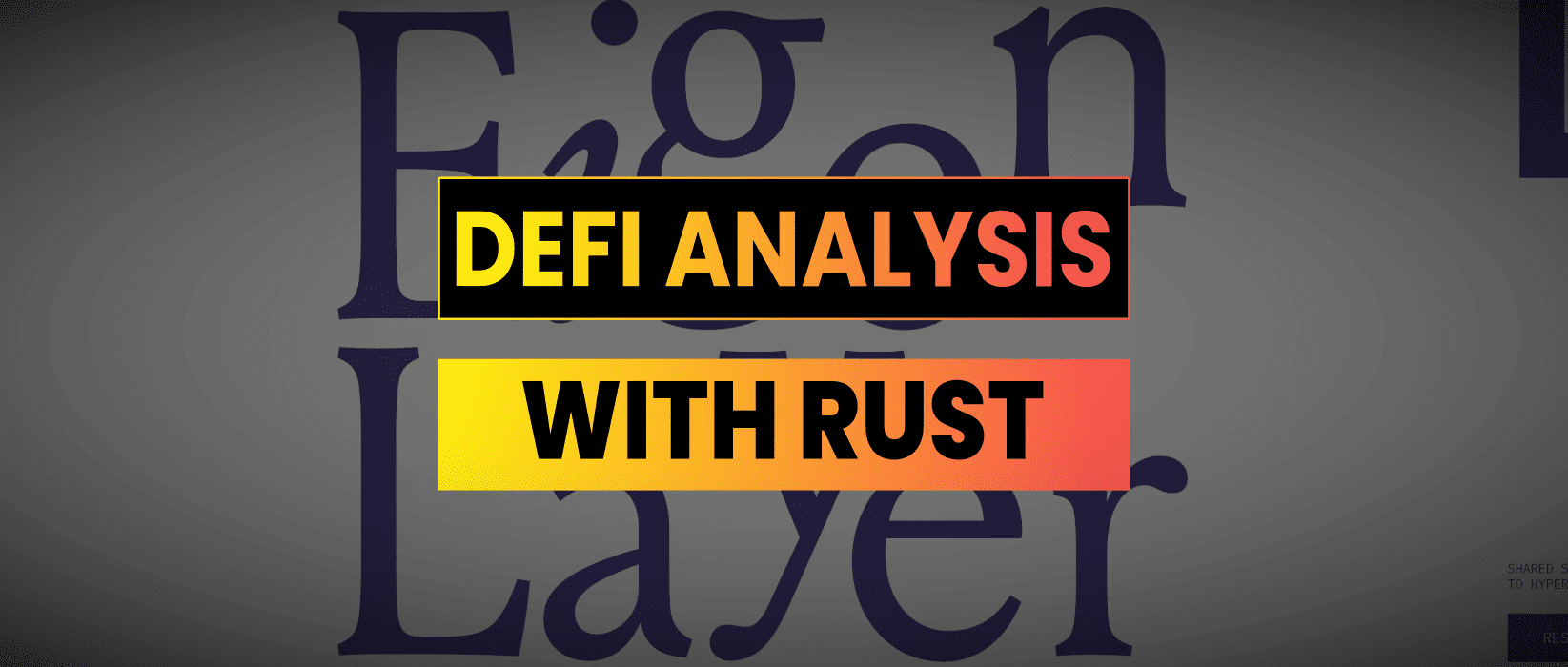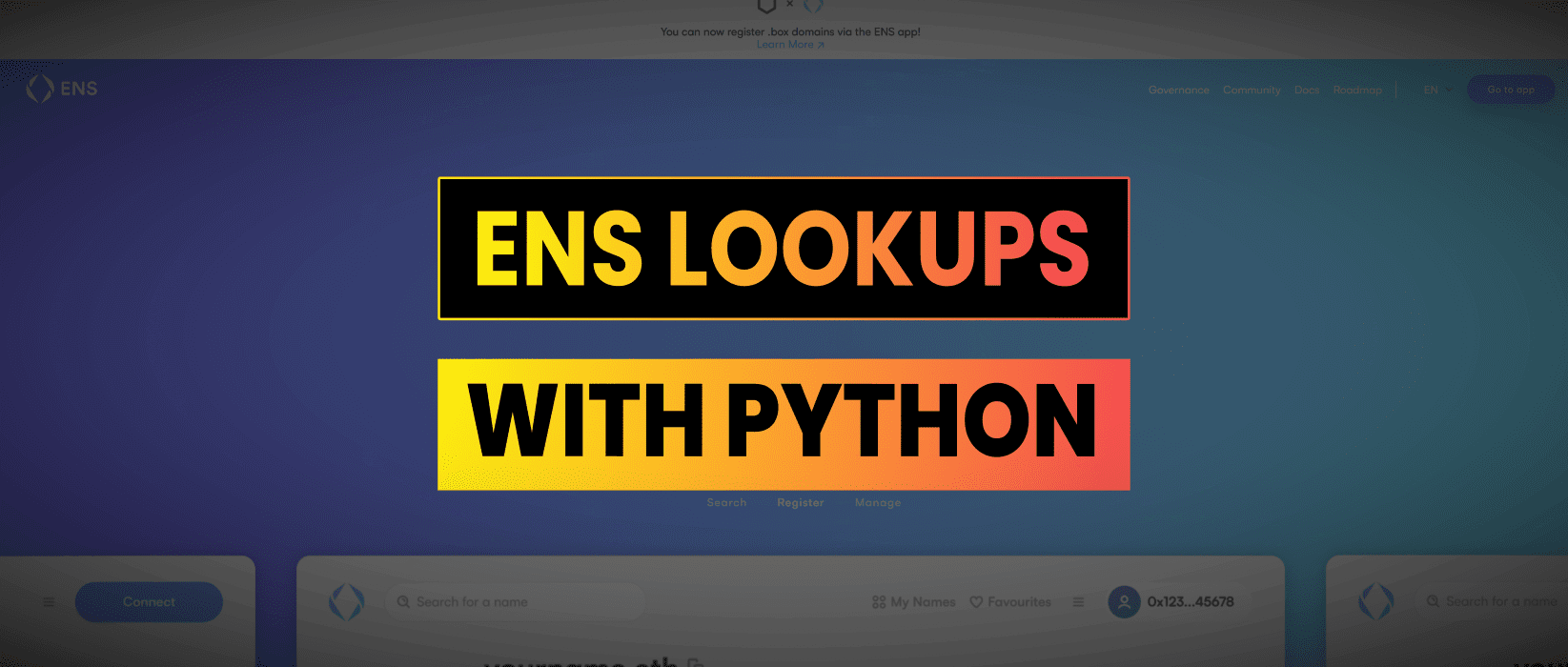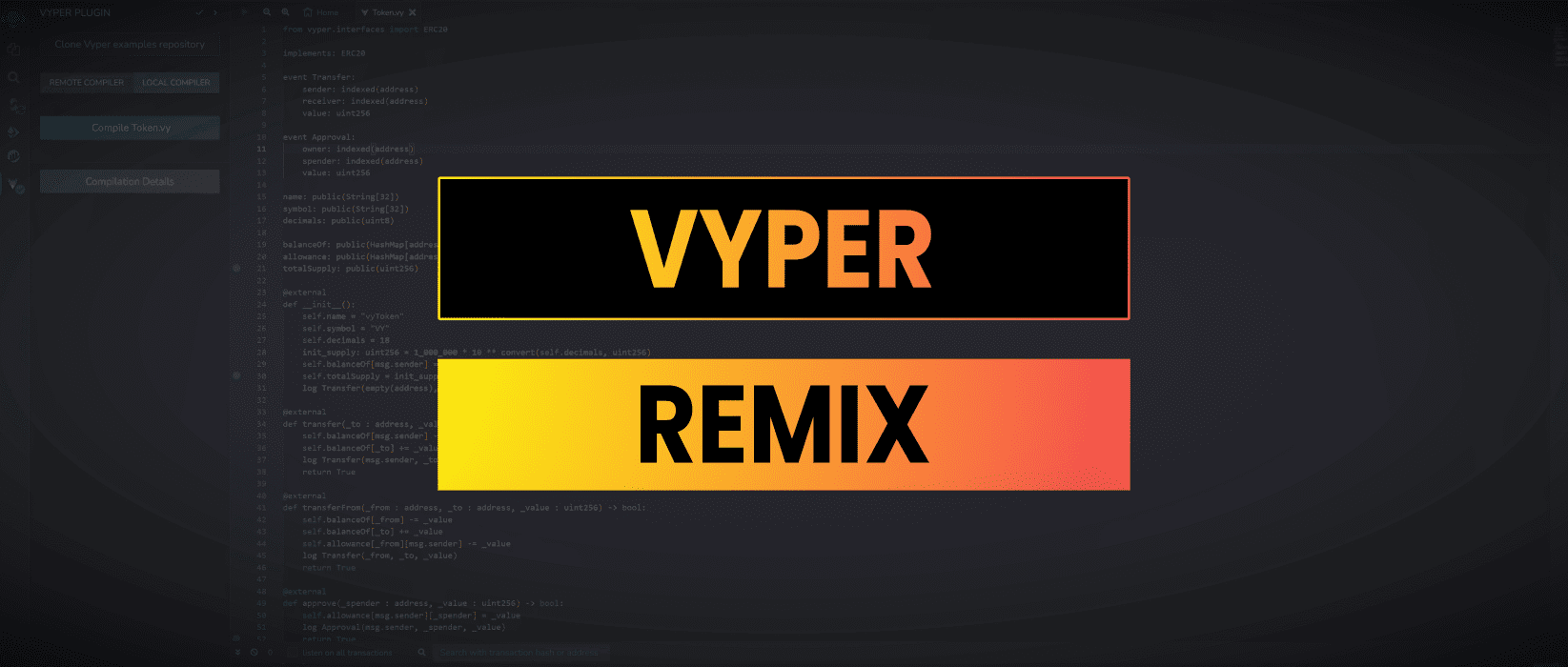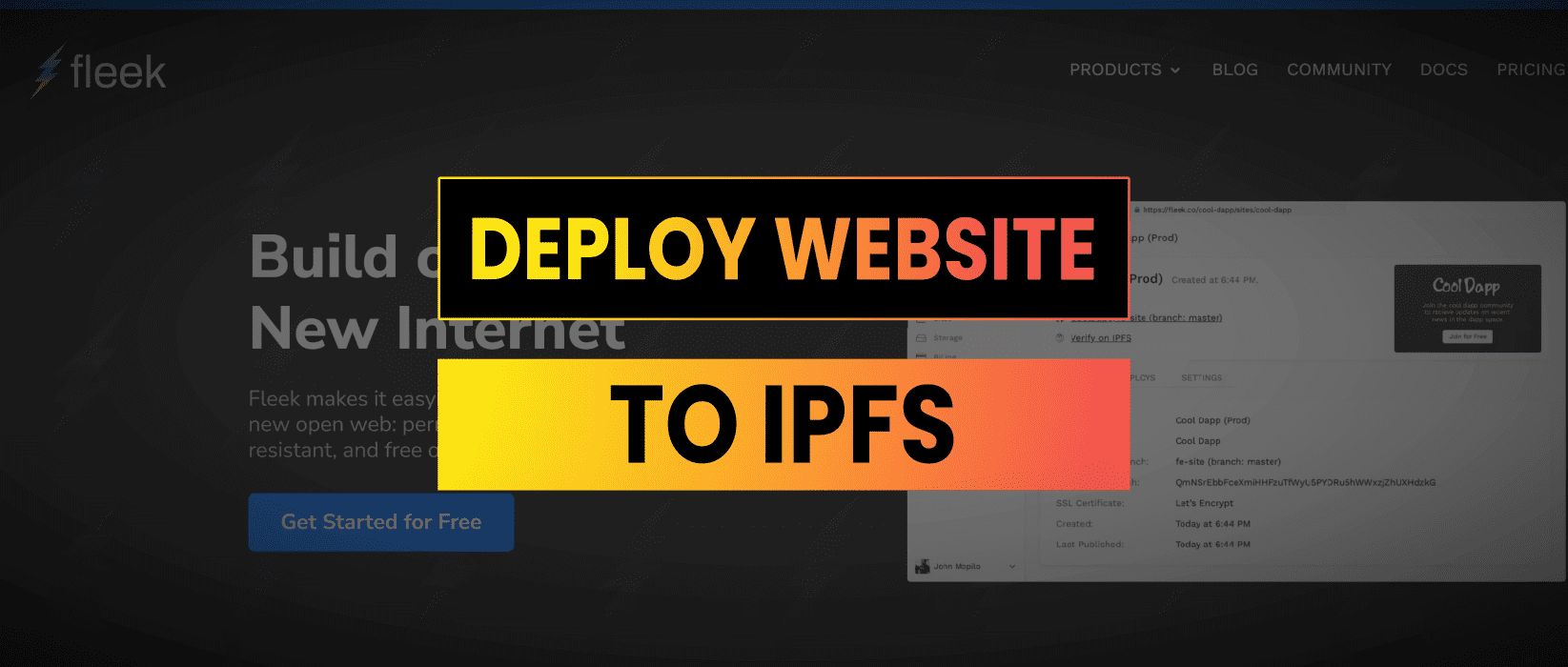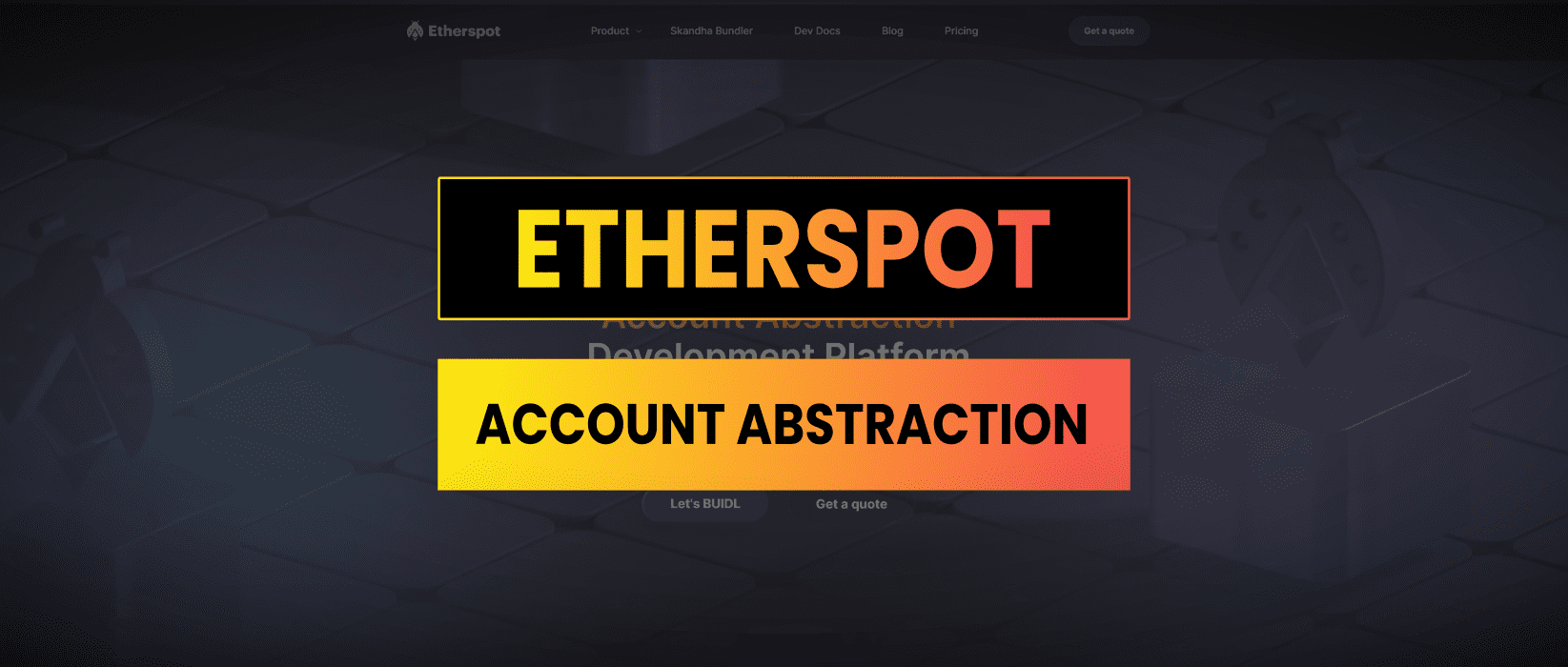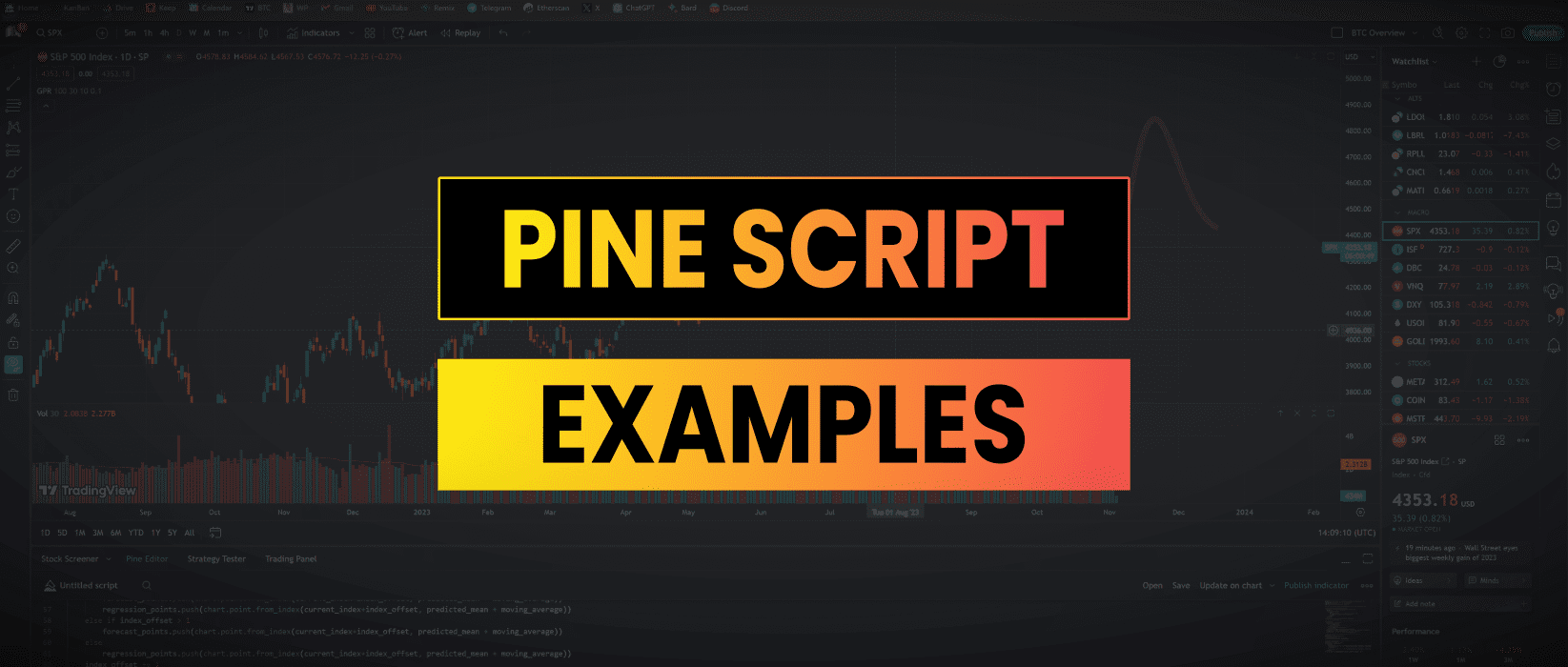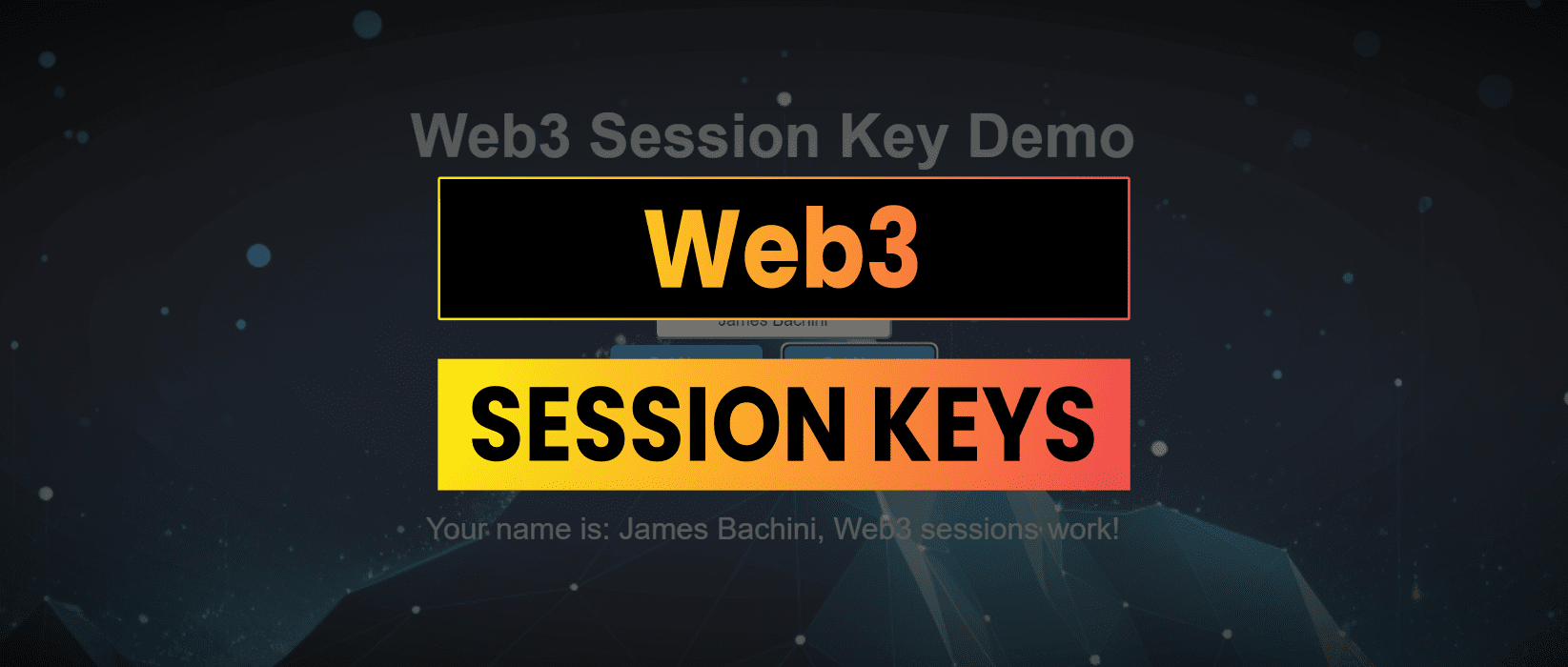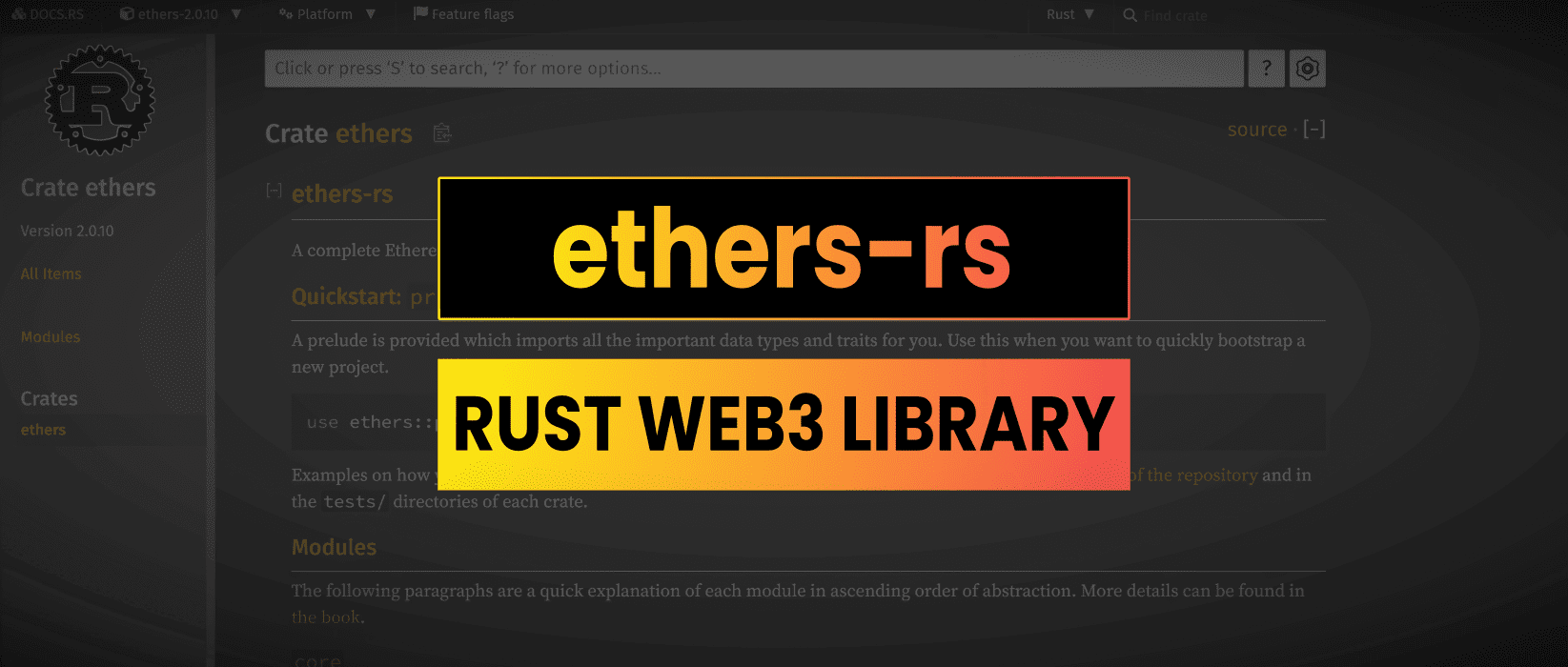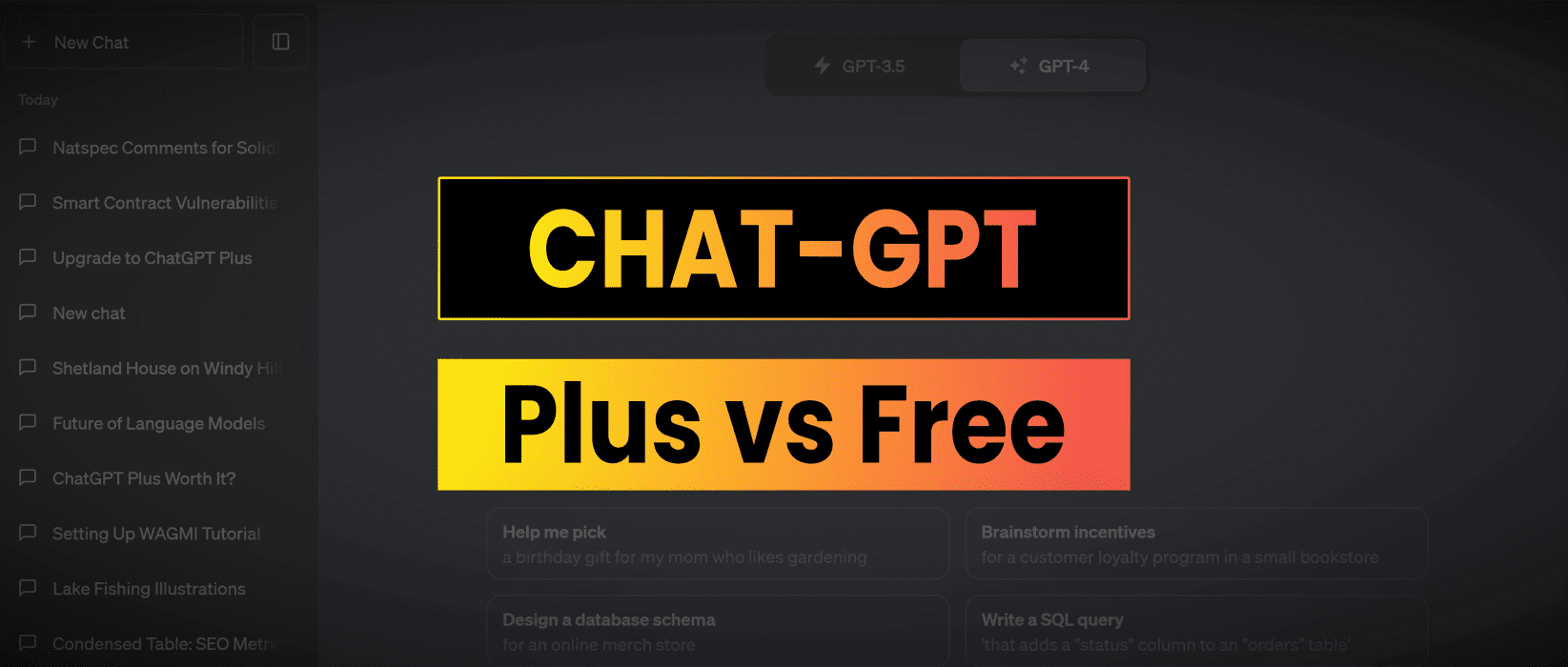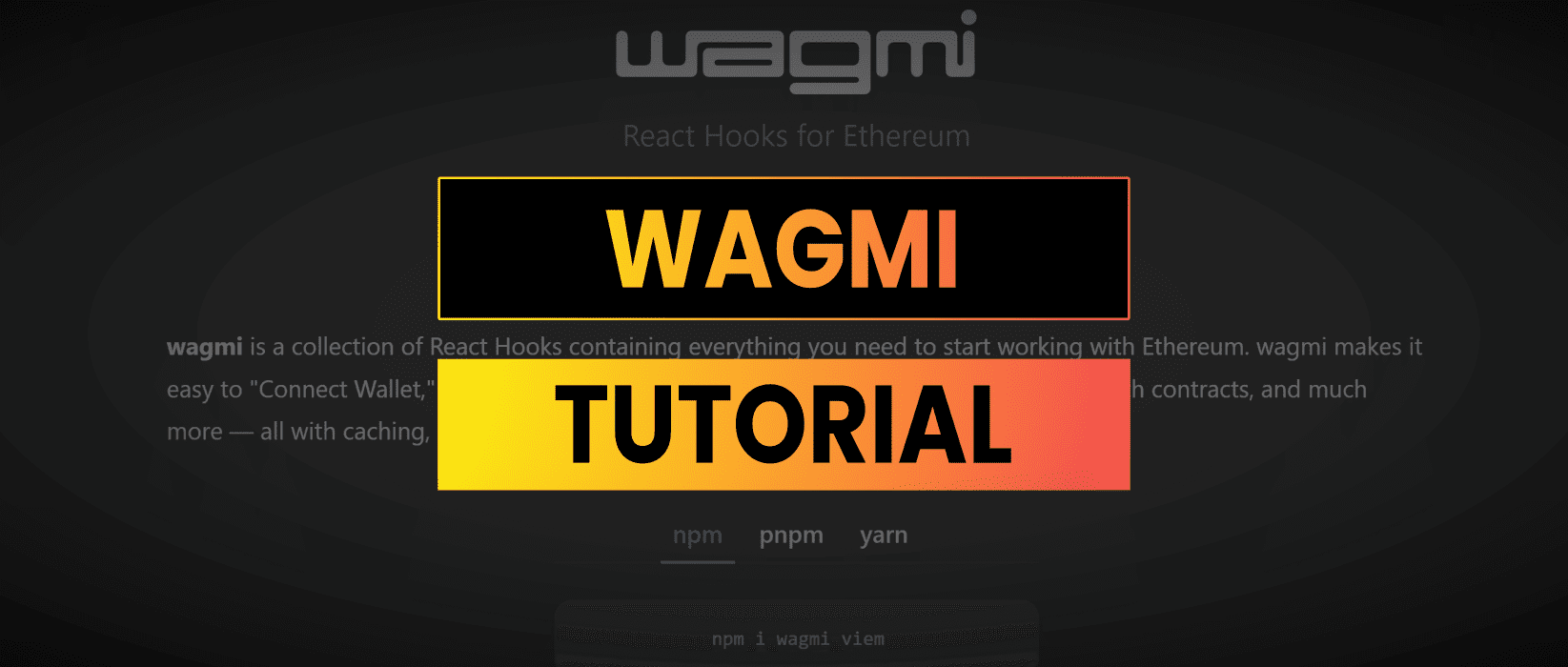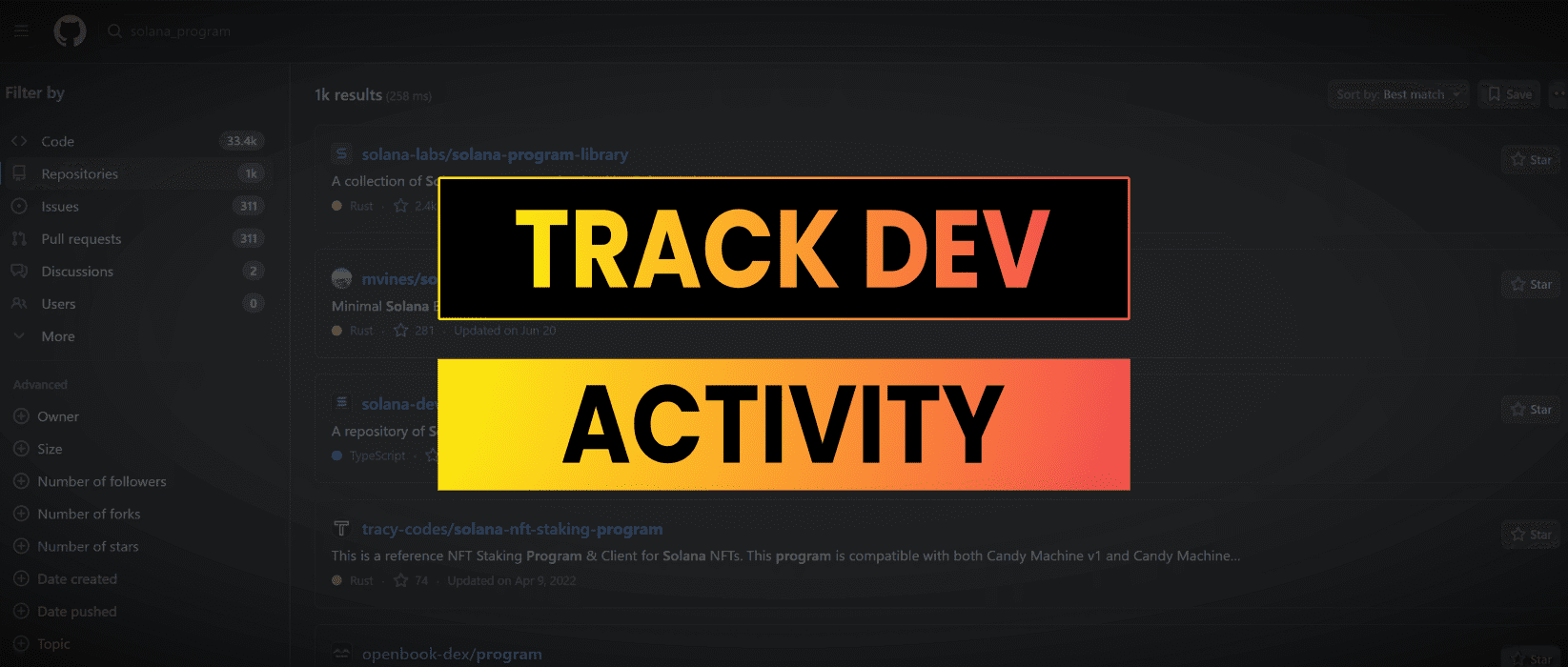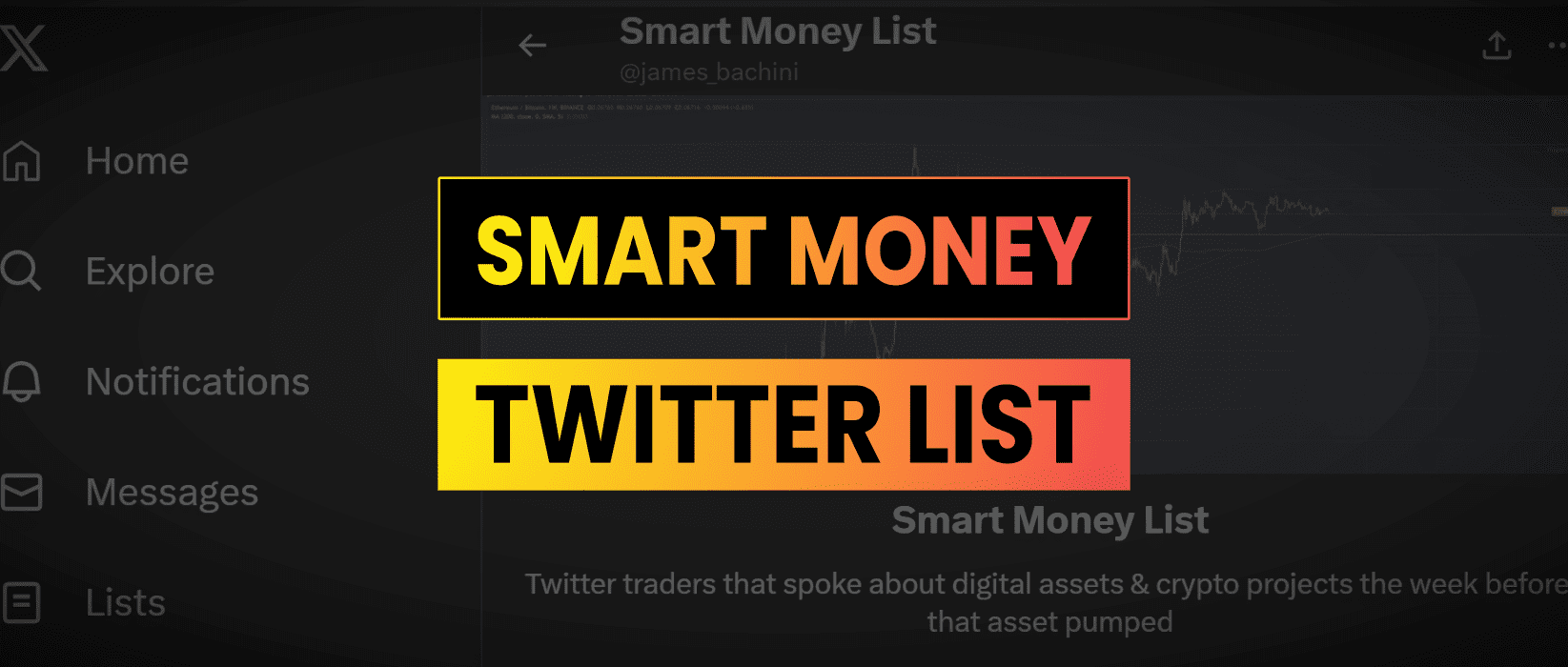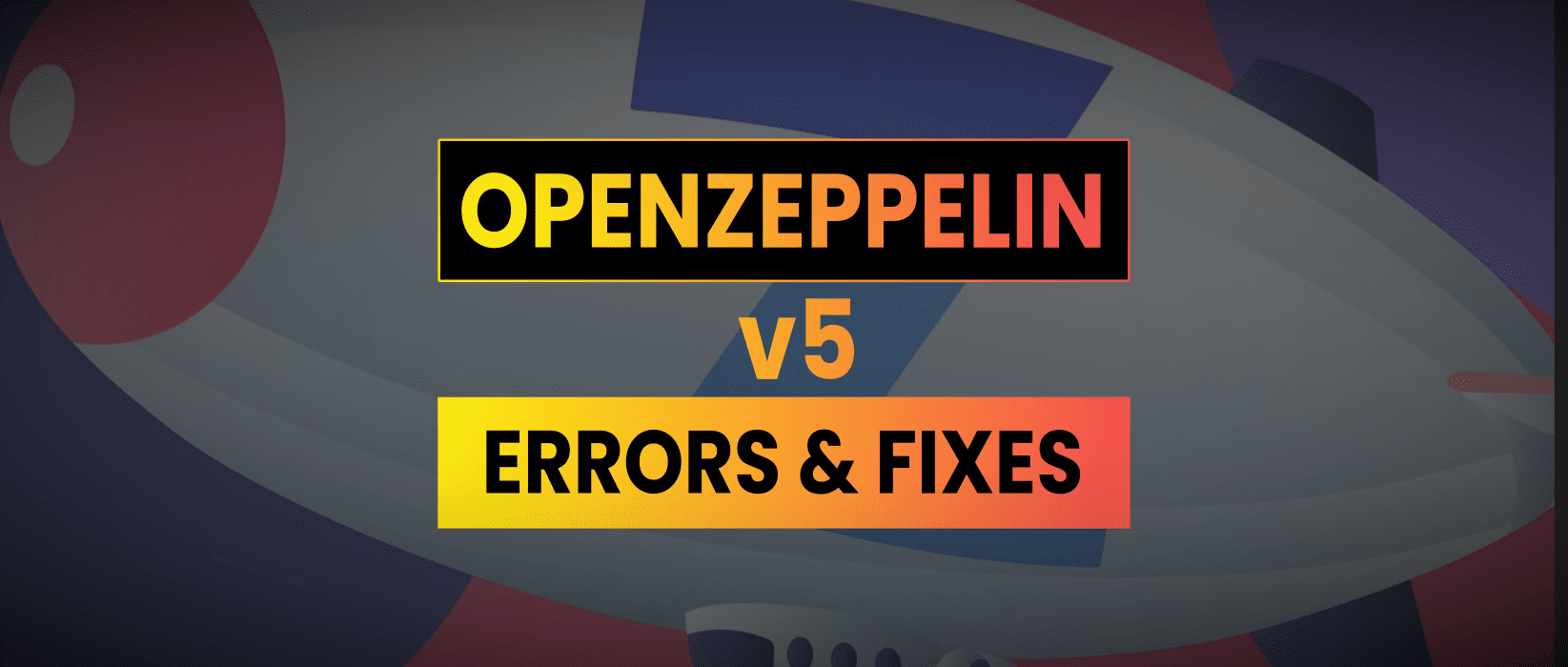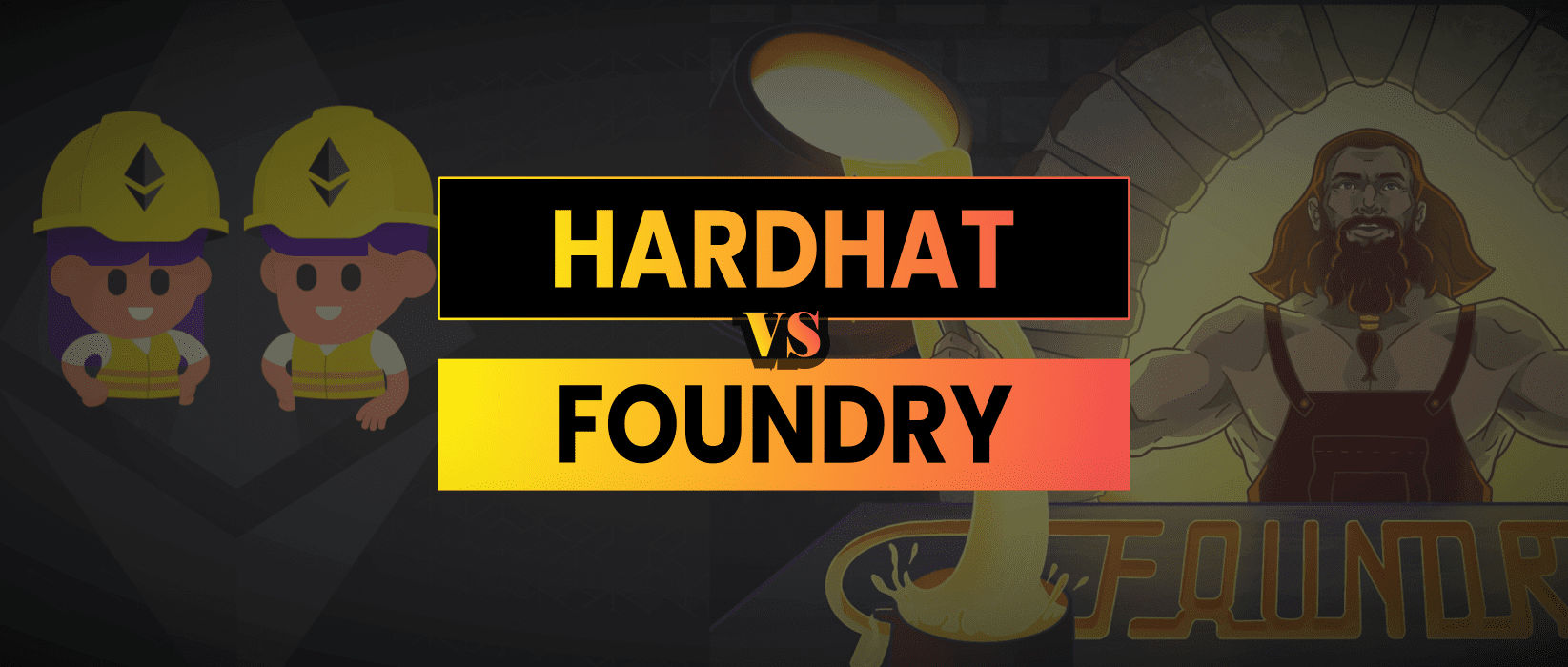Code
-

OpenZeppelin Smart Accounts On Stellar
A smart account is a Stellar contract that implements the Openzeppelin library to create a fully programmable account that controls how authorization should be handled. James On YouTube Watch On YouTube: https://youtu.be/Tk48qWUwLuw | Subscribe Traditionally, an account uses a single ed25519 key, and everything flows from that. Smart accounts replace this with: Authorization becomes declarative,…
-

Blend Auto Compounding Vault
Blend is a over-collateralized lending protocol on Stellar. In this tutorial I’m going to show you how I built a auto-compounding vault on top of the Blend smart contracts. James On YouTube Watch On YouTube: https://youtu.be/1BAaz49M4yQ | Subscribe All the code is open-source and available on Github: https://github.com/jamesbachini/Blend-Vault There is a live demo here (on…
-

Selective Disclosure KYC Using BLS Signatures On Stellar
Identity verification presents a fundamental tension in modern web3 applications. Services need to verify user attributes like age, residency, or accreditation status, yet users reasonably expect privacy regarding their personal information. Traditional Know Your Customer (KYC) systems resolve this by creating centralized honeypots of sensitive data that become attractive targets for attackers and raise legitimate…
-

Solang | Writing Solidity Contracts For Stellar
Solidity developers now have a new doorway into the Stellar universe. The Solang compiler suite offers Solidity across the border into Soroban’s Wasm-powered smart-contract landscape. This tutorial distills everything you need to know right now: what Solang supports, how it differs from traditional EVM Solidity, and how you can write, compile, and deploy your first…
-

WTF is LangChain?
If you’re a developer exploring the world of large language models, you’ve likely encountered challenges integrating them into complex, real world applications. These models are powerful, but building an application that needs to, say, look up information, perform calculations, or access external APIs based on a user’s natural language request isn’t straightforward. This is where…
-

How To Integrate Stellar Wallets Kit v2
This guide shows the fastest ways to add wallet connect + transaction signing to your app using Stellar Wallets Kit v2, with minimal code. It includes both React and a vanilla JS option via a bundled UMD script. James On YouTube Watch On YouTube: https://youtu.be/bedkQE8Pb2A | Subscribe Full examples TL;DR React Setup Install the libraries:…
-

Building A Simple Web Server In Rust 🦀
Our server will use a TCP listener to await connections and a simple loop to process them. Set up a new rust project and open up src/main.rs and add the following: Now, run the server: cargo run. Visit http://127.0.0.1:7878 in your browser. You’ll see “Hello, World!” and your terminal will print the HTTP request. Reading…
-

A Developer Guide To The x402 Protocol
The digital economy is increasingly moving towards an autonomous future, driven by AI agents and machine interactions. This new paradigm requires a new way to make payments that is as seamless, programmatic, and instant as the API calls themselves. Enter x402, an open-source payment protocol from Coinbase that revives the long-dormant HTTP 402 “Payment Required”…
-

Querying The Stellar Blockchain & Data Lake With The Stellar Data Tool
The Stellar Data Tool is a command line and REST API utility that makes it effortless for developers to access raw blockchain data from Stellar’s public data lake and RPC endpoints. Whether you’re building a blockchain analytics dashboard, auditing transactions, or debugging smart contracts, this tool provides a clean, JSON based interface to Stellar ledger…
-

GraphQL vs REST API | An impartial guide for developers weighing flexibility, performance & scalability
At a glance: This article explores the strengths and limitations of each approach and helps developers choose the right one based on use case, team expertise, and application architecture. 1. REST: The Classic Standard REST defines a set of architectural principles that use HTTP verbs (GET, POST, PUT, DELETE) to interact with resources represented by…
-

Automate Testing and Deployment with GitHub Actions
GitHub Actions provides a powerful way to automate your software development workflows directly within your GitHub repository. By defining custom workflows, you can automate tasks like running tests, building your application, and deploying it to various environments. This article will guide you through setting up a basic Continuous Integration/Continuous Deployment pipeline using GitHub Actions. What…
-

The Power of Events: Building a Serverless Webhook on Google Cloud
Webhooks are the backbone of modern, event-driven architectures, turning your applications from passive servers into reactive listeners. They allow 3rd party services like GitHub, Stripe, or Slack to push real-time updates directly to your code. The best part? You don’t need a dedicated server to handle this traffic. This is where Google Cloud’s serverless suite…
-

Privacy Preserving Auth on Stellar | BLS Ring Signatures in Soroban
In this tutorial I’ll be walking you through how I built a zkLogin system on stellar using BLS ring signatures in a Soroban smart contract. James On YouTube Watch On YouTube: https://youtu.be/32xCKGrf3MI | Subscribe BLS & Ring Signatures Stellar smart contracts have native BLS12_381 functions (env.crypto().bls12_381()) which enable us to verify aggregated signatures on-chain. BLS…
-

How To Create A SEP-41 Token Airdrop Using A Merkle Tree
In this tutorial we will be creating a SEP-41 token and distributing it to a curated list of recipients using a merkle tree. James On YouTube Watch On YouTube: https://youtu.be/TqNp831aOBI | Subscribe We will start by collecting a list of addresses who are currently using Stellar’s SDEX, then we will form these into a merkle…
-

AI Prompts For Stellar Developers
James On YouTube Watch On YouTube: https://youtu.be/E6Uz2oFo33Q | Subscribe Here are two prompts you can use as system messages when interacting with large language models for coding tasks. I use these directly on the OpenAI playground: https://platform.openai.com/playground Soroban Contract Dev Prompt System Message Scaffold Stellar Frontend Dev Prompt System Message
-

Bridging Assets With Stellar x Near Intents
Imagine being able to bridge and swap different assets across different chains with a single API call. That’s the promise of Near Intents who have just announced an integration with Stellar. James On YouTube Watch On YouTube: https://youtu.be/moqWwcMppgY | Subscribe The recent launch of Near Intents for Stellar marks a major milestone in cross-chain interoperability,…
-

Creating A Web3 Chat Room
Did you know that Chrome and other browsers have a built in speech-to-text API? I thought I could use this to create an online chat room using web3 serverless technology. The result… https://jamesbachini.github.io/Talking-Smart-Contracts The frontend is hosted on Github pages and the backend is just a permissionless, immutable smart contract hosted on Stellar, a decentralized…
-

How To Use Smart Contracts & Passkeys To Set Up Auth On A Web App
This tutorial dives into the creation of smart contract accounts and how this can be used as an identity platform also capable of payments James On YouTube Watch On YouTube: https://youtu.be/V2DwDzp43E8 | Subscribe The first step is to setup the passkey-kit demo which we will be using as a boilerplate. You can clone the repo…
-

Your First Rust Smart Contract Using Stellar
In this tutorial we are going to deploy your first rust based smart contract using Stellar Soroban. James On YouTube Watch On YouTube: https://youtu.be/P8RuX7Ymu5Q | Subscribe ✨ Hello World Rust Smart Contract Let’s start by heading over to soropg.com Copy and paste this code into the editor Replace James with whatever you want to write…
-

Storing User Data with Rust Structs and Enums
In Soroban we model contract state with Rust types. For example, the SoroMarket contract defines a Rust struct for each user’s bets and an enum for the market outcome. Here is a simplified version of the code: Here Outcome holds the global state of the contract as a single enum variable and Bets is a…
-

Scaffold Stellar | A Boilerplate For Stellar Developers
If a single command could spin up a Stellar contract, connect it to a React front end, hot reload every edit, and hand you push button deployment to Stellar testnet, would you finally ship that web3 idea? Scaffold Stellar from Aha Labs promises exactly that. James On YouTube Watch On YouTube: https://youtu.be/7wKD3d9w5d0 | Subscribe Stellar’s…
-

5 Tips For Migrating Solidity Code To Rust Soroban
Here are five tips for developers migrating from Solidity to Soroban. 1. Embrace .env In Solidity, global variables like msg.sender, msg.value, and msg.data provide transaction context. Soroban replaces these with the Env object, a powerful interface to the contract’s execution environment. Env gives you access to contract data, ledger details, authentication, and more, making it…
-

Stellar Soroban Alerts With OpenZeppelin Monitor
In this tutorial we will be setting up the OpenZeppelin monitor and creating a custom monitor to get alerts on large USDC transfers and send them to a Telegram chat. James On YouTube Watch On YouTube: https://youtu.be/9ebmeGu1LmE | Subscribe To follow along you’ll need Rust installed. Let’s start by forking and building the repository: The…
-

Pine Script v6 For Tradingview: How I Created An Indicator To Find Bitcoin/Microstrategy Divergences
Pine Script v6 has just been released and whether you have never created a TradingView indicator before or you are a Pinemaster, there’s something in here for everyone. James On YouTube Watch On YouTube: https://youtu.be/6XOTQ4OP-dE | Subscribe Let’s start by exploring the upgrade and new features, then we’ll jump into writing some code using the…
-

Creating OpenZeppelin Soroban NFT’s
In this tutorial we will be creating a NFT contract on Stellar Soroban using the libraries from OpenZeppelin James On YouTube Watch On YouTube: https://youtu.be/xA1HfckPqFs | Subscribe To follow along you’ll need a couple of pieces of software:- The full source code for this project is available on Github:https://github.com/jamesbachini/OZ-Stellar-NFT The code is based on the…
-

Creating Landing Pages Using Web3 Backends
In this tutorial we will be demonstrating how web3 technology can be used to store data on-chain rather than in a database when building a landing page. James On YouTube Watch On YouTube: https://youtu.be/3iPqLtjL_9k | Subscribe We will be using a simple Soroban smart contract to store a counter which increases each time a transaction…
-

Building A Stellar Web Wallet With Blend
In this tutorial I’m going to show you how I built a web based wallet that can create Stellar addresses and deposit any funds to Blend Capital. James On YouTube Watch On YouTube: https://youtu.be/GbAy9f93eyE | Subscribe Blend is an overcollateralized lending protocol that enables lenders to earn yield on their deposits. The source code for…
-

Stellar Anchor Platform Tutorial
Anchors serve as bridges between traditional finance and blockchain technology. James On YouTube Watch On YouTube: https://youtu.be/57iZMxAr_1Y | Subscribe They enable users to move money seamlessly between their bank accounts and the Stellar network. Without Anchors, integrating traditional financial systems with blockchain would be significantly more complex. Anchors make decentralized finance more accessible by providing…
-

Building a SEP41 Token on Stellar Soroban with OpenZeppelin
OpenZeppelin has just launched the first few contract libraries for the Soroban ecosystem. Let’s take a look and build out a token using their fungible token module. James On YouTube Watch On YouTube: https://youtu.be/2Ak_nHyfrEU | Subscribe Deploying a Fungible Token on Soroban Prerequisites Ensure you have the following installed: You’ll also need some testnet tokens…
-

Vibe Coding
What Is Vibe Coding? An Introduction To Next Gen AI Development Is vibe coding an overhyped trend or a real threat to your job security? Vibe coding is an AI first approach to software development. Instead of meticulously structuring code, debugging line by line, and sweating over syntax, developers now interact with AI models like…
-

Deploying An NFT Using Stellar Soroban
Today I’m going to show you how I deployed a simple NFT contract to Soroban, Stellar’s smart contract platform. Whether you’re an artist, a developer, or just curious about blockchain, this tutorial will guide you through the process step-by-step. Let’s get started. You’ll need a few things to get started:- James On YouTube Watch On…
-

Soroban Token Deployment + React dApp Tutorial (Stellar SDK)
In this tutorial, we’ll walk through the process of deploying a fungible token on the Stellar network using Soroban smart contracts, and then build a decentralized application to interact with it. We’ll cover everything from setting up your development environment to creating a user interface for token transfers. James On YouTube Watch On YouTube: https://youtu.be/oF624m5b384…
-

Using ChatGPT To Monitor The Silk Road Bitcoin
In this video I demonstrate how to monitor a Bitcoin address using NodeJS James On YouTube Watch On YouTube: https://youtu.be/rZ5TnPkO86Y | Subscribe Here is a quick script (full code below) that was knocked up using chatGPT to play an mp3 alert file if any Bitcoin moves from the SilkRoad address. I set this up because…
-

Soroban Data Locations & State Management
In this tutorial, we’ll explore how data is stored on Stellar’s Soroban smart contract platform, focusing on Soroban’s state management and the types of storage available. Understanding these concepts will allow you to manage data optimally and keep your decentralized applications efficient. James On YouTube Watch On YouTube: https://youtu.be/cw-TPSCqtSU | Subscribe Introduction to Soroban State…
-

Best Practices for Storing Large Data in Solidity
Blockchain storage is limited and block space is therefore expensive, especially at times of peak congestion. Solidity developers must employ strategies to optimise data storage whilst maintaining the integrity and accessibility of their smart contracts. One of the most effective approaches is to leverage off-chain storage solutions. Instead of storing large data sets directly on…
-

Understanding The Fallback & Receive Functions In Solidity
Among Solidity’s essential features are the fallback and receive functions, which play crucial roles in handling Ether transactions and contract interactions. A thorough understanding of these functions is vital for developers aiming to create robust and secure smart contracts. The Fallback Function In Solidity, the fallback function is a unique, unnamed function that executes under…
-

Programmatic Stellar Transfers
In this tutorial we will be setting up scripts to send and monitor transfers on the Stellar network. James On YouTube Watch On YouTube: https://youtu.be/gVC5ijif2-0 | Subscribe I’ll be using Node.js and the Stellar-SDK library. All the code is open source and you can fork the repository here: https://github.com/jamesbachini/Stellar-Cross-Border-Test There are two scripts, send.js and receive.js, created to…
-

How Often Should I Rebalance My Portfolio
In this tutorial I modelled the optimal rebalancing frequency for a digital asset portfolio holding: This is a 60/40 crypto portfolio which I’ve discussed before. You can run the code with different assets (anything with a historical price feed). Starting with a $10,000 initial investment, the code allocates the funds accordingly and tracks performance over…
-

Creating Custom Solidity Libraries For Reusable Code
Solidity libraries enable blockchain developers to create modular reusable code. This shared usage avoids duplicating code, saves gas during deployment and promotes consistency within a code base. Let’s create a basic library that demonstrates how this works: This code defines a simple smart contract that utilises a library for basic arithmetic operations. The MyMath library…
-

Building Smart Contract Event Filtering Systems for DApps
How events work in web3 Events in Web3 act as logs of significant occurrences within a smart contract. When a specific function is executed, the smart contract can “emit” an event, signalling to external systems that something has happened. These emitted events are stored on the blockchain, but they do not modify the contract’s state.…
-

Building A Cross Chain Token Bridge With LayerZero v2
This tutorial will guide you through the process of building a token bridge using LayerZero v2, specifically employing the OFTAdapter on mainnet and the OFT.sol contract on all other chains. We’ll cover the setup and deployment workflow, ensuring you have a comprehensive understanding of the process. Before we delve into the deployment process, it’s crucial…
-

How To Connect An Arduino To A Soroban Smart Contract
This tutorial will guide you through the process of connecting an Arduino to a Soroban smart contract on the Stellar blockchain. We’ll create a system where blockchain events can trigger physical actions through an Arduino. James On YouTube Watch On YouTube: https://youtu.be/C4a9O7AFAVc | Subscribe All the code for this project is open source at: https://github.com/jamesbachini/Arduino-Soroban-Controller…
-

Implementing RBAC Patterns in Solidity
We can implement role based access control or RBAC patterns in Solidity using OpenZeppelin’s AccessControl.sol library. This allows developers to manage different roles and assign permissions dynamically. Here’s a step by step guide based on the information provided. Understanding Roles in Access Control The essence of RBAC in Solidity involves defining roles, where each role…
-

Creating MultiSig Wallets with Solidity
MultiSig wallets have become increasingly popular due to their enhanced security features. In this article, we will delve into the key components of a MultiSig wallet, how to write a MultiSig wallet contract using Solidity, deploying the wallet, and handling deposits and withdrawals. Note that the code provided here is for educational purposes only. If…
-

Simple Example Of Rust Struct & Importing Modules
One powerful feature in Rust is how it organizes code into modules and allows the reuse of code with structs and methods. In this tutorial, we’ll walk through a simple example to illustrate how to define and use a struct in Rust and how to import modules for organization. Step 1: Define the Module and…
-

Prediction Markets Solidity
Prediction markets are decentralized platforms where participants can bet on the outcome of future events. For example, people could bet on the outcome of a presidential election or a sports game. In this tutorial, we will walk through a smart contract built on Ethereum, which allows users to create and participate in prediction markets. The…
-

A Simple Browser Resource Monitor
This single index.html file can be uploaded to any web server, run locally, or accessed here: https://jamesbachini.com/misc/browser-resources.html It enables web developers to monitor browser resources over time and test different devices processing abilities. The dashboard first collects and presents fundamental system information, providing context about the environment in which the application operates. This data includes:…
-

Stellar Soroban Boilerplate
In this tutorial I’m going to go through the code for a boilerplate which connects a Soroban smart contract to a React dApp. Note that for a more full featured demo app you can check out the excellent Scaffold Soroban at: https://developers.stellar.org/docs/learn/interactive/dapps/scaffold-soroban There is also this from the guys at Palta Labs:https://create-soroban-dapp.paltalabs.io/ James On YouTube…
-

Decentralized Lending Pools | Blend Capital
Overcollateralized lending has emerged as a cornerstone in the decentralised finance ecosystem, providing a secure and efficient way for users to borrow and lend digital assets. Blend Capital leverages this mechanism on Stellar’s Soroban smart contract platform, introducing a robust protocol for overcollateralized lending and borrowing. This article delves into how overcollateralized lending works, explores…
-

Encrypting Private Keys in .env
It has become very normalised to store Ethereum private keys in plain text within .env files. While this is convenient, it’s a disaster waiting to happen when working in production with wallets that contain real funds. Today, I’ll show you a better way to manage your hot wallet keys using AES encryption. Full code for…
-

Balancer v3 Hooks
For the Balancer v3 Hookathon (yep it’s a hackathon to create DeX hooks) I had the idea to try and create a fair launch memecoin platform. It’s the kind of thing that could bring utility to the ecosystem as we’ve seen recently with the wave of memecoin trading on Solana. The target is to create…
-

Creating WASM Files Using Rust and Running Them in the Browser
In this tutorial we will be writing some code in Rust, compiling to web assembly (WASM) and then running that code in a browser. This enables high performance applications to be run within a web dev setting. In this tutorial I’ll be using windows subsystem for Linux. Let’s first install Rust and wasm-pack (more instructions…
-

Understanding ABI Encoding: A Guide to abi.encodeCall and encodeWithSelector
What Is ABI Encoding Application Binary Interface (ABI) encoding is a crucial concept in Ethereum smart contract development. It serves as a standardised method for encoding function calls and data, enabling seamless communication between different components of the Ethereum ecosystem. ABI encoding ensures that data is consistently formatted and interpreted across various platforms and programming…
-

Enums In Solidity
Enums are one of the most useful and underused data types in Solidity. I think because they aren’t widely used in Javascript and web dev, they often get overlooked in contract development. In this article I’ll make my case for why enums deserve a place in your tool kit and smart contracts. Enums in Solidity…
-

WebAuthn PassKey Smart Wallets
In this article we will take a glimpse into the future of account abstraction where web3 can offer walletless, passwordless authentication to web applications. I’ll be connecting a Stellar Soroban smart contract to a web3 frontend and verifying signatures from biometrics on your phone. Welcome to the future. The full source code used in this…
-

React Hooks Tutorial | The 7 Most Important React Hooks
React Hooks provide a way to manage state, side effects, references and more in functional components. In this tutorial, we’ll look at the seven most commonly used React hooks When You Would Use These React Hooks useStateImagine you have a piece of data in your component that might change, like a number for a counter…
-

Building Rust Smart Contracts On Stellar Soroban
Soroban is the smart contract platform that allows developers to write and deploy smart contracts on the Stellar network. This tutorial will guide you through the process of building a simple smart contract using Rust and deploying it to Soroban. I recently took on the role of Developer in Residence with Stellar and this is…
-

Pump.fun Clone In Solidity
Pump.fun is a token factory that lets users create and trade memecoins on Solana with dynamic pricing along a bonding curve. In this article I’ll show how I went about converting this concept to Solidity and deploying it on Ethereum. Full code for this is open source at: https://github.com/jamesbachini/Pump.sol Token Factory Contract At the core…
-

Creating Your Own Oracle Solidity & NodeJS
In this tutorial I’m going to go through the steps to setting up your own oracle service to bring data on-chain. We are going to be deploying a simple smart contract, then setting up a NodeJS client to fetch the price of Bitcoin, then uploading this to the contract. Full code for this is open…
-

Format JSON Tool
A simple tool to lint and format JSON because I was fed up of using the ones covered in ads. Format JSON The Javascript code that makes this work is quite simple: It can be used to format outputs prior to displaying the results of API queries or any other JSON found wild around the…
-

How To Calculate Gas Costs For Solidity Contracts
Deploying Solidity smart contracts can be expensive because the code needs to be stored on the shared storage of a decentralized peer to peer blockchain network. The dollar cost of deploying Solidity smart contracts is dependent on a number of variables: I’ve previously provided code to analyze the bytecode size of contracts, you can also…
-

NFT Token Vault Solidity
This was inspired by the CryptoKitties WG0 token vault which accepts gen zero CryptoKitty deposits and mints 1 ERC20 token for each. Users can then buy tokens on exchange and claim NFT’s from the vault. The code is open source and available at: https://github.com/jamesbachini/NFTvault How The NFTvault Contract Works When you deposit your NFTs into…
-

Creating an UpOnly ERC20 Token
In this tutorial we are going to create a ponzi game in the form of an ERC20 token that has an internal marketplace function. The idea is to increase the price over time so that early buyers get to dump on late buyers at a higher price. The last buyer will have no liquidity to…
-

Solidity Encrypted Messaging dApp
This morning Pavel Durov, founder of Telegram, was arrested at a French airport for refusing to provide backdoor access to the messaging application. This tutorial will demonstrate how to use Elliptic Curve Diffie Hellman (ECDH) cryptography to establish a shared secret and encrypted messaging across a insecure communication channel, in this case a public blockchain.…
-

Script To Analyze Bytecode Size Of Smart Contracts
I was having trouble with the hardhat bytecode plugin so I wrote a little nodejs script which will print off the size of my compiled Solidity contracts. You’ll need nodejs installed and can then run it like this. You should get an ouput like this: Here’s the code to save to analyze_bytecode.js file in the…
-

Solidity Virtual Pet
Let’s create a virtual pet in Solidity and deploy it to the blockchain. Full frontend and contract code for this tutorial can be found here: https://github.com/jamesbachini/Solidity-Virtual-Pet Demo here: https://jamesbachini.com/misc/SolidityPet/index.html Smart Contract Our pet is going to have two attributes for hunger and happiness. Hunger should increase over time and happiness should have a mechanism where…
-

How To Scrape Twitter/X Without API Access
Scraping Twitter/X without direct API access can be accomplished by leveraging third-party services like RapidAPI, which provides a streamlined way to interact with Twitter data. In this tutorial, we’ll walk through the process of using RapidAPI to scrape tweets from a specified user. I’m going to provide code snippets in Python and NodeJS for this…
-

Calculating Bitcoin Fair Value With Rust
In this tutorial, we will create a Rust script that: Instructions Rust Code The code is open source and available on Github: https://github.com/jamesbachini/Bitcoin-Fair-Value We’ll start with the async fetch_klines function to fetch Bitcoin price data from the Binance API. The Binance API provides various endpoints for accessing market data, and we’ll use the /api/v3/klines endpoint…
-

Can ChatGPT & Keras Predict The Price Of Bitcoin
I get asked a lot if ChatGPT can be used for trading and I normally say “no, it’s a language model which isn’t designed to find market patterns in numerical price data”. ChatGPT works more like predictive text in a search engine or on your phone but what it is good at is writing code…
-

Calculating CAGR in Python & JavaScript
The Compound Annual Growth Rate (CAGR) is a useful measure for assessing the mean annual growth rate of an investment or business metric over a specified period longer than one year. Unlike other growth metrics, CAGR smooths out the volatility, providing a clearer picture of how investments grow over time. In this guide, I’ll show…
-

How To Check Token Balances Using Python
To check a wallet token balance on the Ethereum blockchain using Python you will need the following: Once we have our API key ready and Python installed we can install web3.py using the following command Now let’s create a file called balance.py and add the following code. Note the code is also available in the…
-

DeFi Analysis With Rust
In this tutorial I’m going to provide some code and show you how to monitor the number of depositors to Eigenlayer over the last 24 hours. We will be using Rust with the Tokio and Ethers libraries along with the Infura API which you can get a free key from here. The first thing we…
-

How To Lookup An ENS Name In Python
To check a wallet token balance on the Ethereum blockchain using Python you will need the following: Once we have our API key ready and Python installed we can install web3.py using the following command Now let’s create a file called enslookup.py and add the following code. Enter your Infura API key on line 5.…
-

Building A Portfolio Tracker In Python
In this tutorial we will be building a digital asset portfolio tracking tool using python and the Coinbase API. You’ll need to install python and the following library to make requests. The code for this is open source on Github at: https://github.com/jamesbachini/Python-Portfolio-Tracker Put this in a file called portfolio.py or fork the repo above. Then…
-

Creating A Solidity Escrow Smart Contract
In this tutorial, we will create an Escrow contract using Solidity and deploy it to an Ethereum testnet. An Escrow contract is a financial agreement where a third party (the arbitrator) holds and regulates payment of the funds required for two parties involved in a given transaction. It helps make transactions more secure as it…
-

How To Create ERC404 Tokens Solidity Tutorial
An ERC404 token is a digital asset that combines the characteristics of ERC20 fungible tokens and ERC721 non-fungible tokens (aka NFT’s) to enable fractional ownership of an NFT. In essence, ERC404 tokens represent divisible parts of an NFT, allowing multiple individuals to own shares of a single NFT. This approach is designed to enhance the…
-

Adversarial Simulation Testing For Smart Contract Developers
I recently read Gene Kranz’s first hand account of the Gemini and Apollo Nasa missions. He talks about the rigorous simulation testing that flight directors had to partake in prior to a mission. Simulation testing plays a crucial role in ensuring the preparedness of astronauts and flight controllers for spaceflight. This process is managed by…
-

Javascript Smart Contracts
As an experiment I converted this Vyper token contract to a Javascript/Typescript syntax to see if we could make it easier for web developers to get up to speed with smart contract development. Solidity is the most popular smart contract language and it is already based losely on Javascript but there are plenty of syntax…
-

Vyper Tutorial | Learn Vyper In 24 Hours
Vyper is a pythonesque smart contract language that can be compiled and deployed on Ethereum and other EVM blockchains. 90%+ of blockchain devs use Solidity but there are some big projects such as Curve using Vyper and it’s growing in popularity and tooling compatibility. The best way to get started with Vyper is to head…
-

Using Vyper With Remix
You can now use Vyper (a smart contract programming language similar to python) with remix to build and deploy contracts on Ethereum and other EVM blockchains. The first step is installing the Vyper plugin at https://remix.ethereum.org/ where you’ll find a list of plugins using the icon in the bottom left. You’ll then get an extra…
-

Sell Me This Pen.sol
What happens when you ask a blockchain developer to sell you a pen? Etch your words permanently on the Ethereum blockchain where they will outlive you & create an everlasting record of your thoughts, contemplations & predictions. This is your chance to leave an eternal mark and express your presence in the digital age while…
-

How To Deploy A Website Or dApp To IPFS | Fleek Tutorial
Gm, in this tutorial we are going to be deploying a website to IPFS to create a decentralized frontend. To do this I’ll be using Fleek which has a free tier and which suits our needs. James On YouTube Watch On YouTube: https://youtu.be/https://youtu.be/DmpXbmjnpec |Subscribe We will start by getting our site on Github. We can…
-

Etherspot Account Abstraction Tutorial
I find it surprising and rare when using new technology and it just works and is intuitive. Getting up to speed with Etherspot and account abstraction is one of those rare occasions. In this tutorial I’ll show you how I created a little demo to create a smart wallet, fund it and then send batched…
-

TradingView Pine Script Examples | Master Pine Script With 6 Real World Examples
TradingView’s Pine Script coding language has emerged as the leading tool for traders looking to craft custom indicators and strategies with accuracy and ease. In this Pine Script tutorial I’ll provide a practical gateway into the intricacies of this coding language, tailored with useful examples to get you started. Whether you’re a novice coder or…
-

Solidity Proxy Contract Tutorial With Example Code
This Solidity proxy contract tutorial delves into the concept of upgradeable proxy contracts in Solidity, specifically utilizing OpenZeppelin’s proxy contract template. We’ll start with an understanding of how these contracts work, the compromise of immutable decentralization vs upgradeability and then dive into practical code examples. Proxy Contract Video Tutorial In this video I provide an…
-

Web3 Session Keys
We are going on a journey to seamlessly integrate session keys into a web3 dApp, striking a balance between autonomy and ease of use that your users are yearning for. The goal is to enable users to authenticate with a digital wallet and store a session key on their device. This session key will provide…
-

Ethers-rs Tutorial | The Rust Web3 Library
In this tutorial we will be setting up a Rust script to connect to a smart contract on a blockchain network to display on-chain data using the ethers-rs library. James On YouTube Watch On YouTube: https://youtu.be/FA7WFGtyri8 |Subscribe Let’s start by setting up a new Rust project (you’ll need rust installed on your device and I’ll…
-

ChatGPT Plus vs Free | Is The Paid Version Of ChatGPT Worth It?
ChatGPT Plus vs Free [Video] James On YouTube Watch On YouTube: https://youtu.be/U3xXd3vV4iU |Subscribe Why Upgrade To ChatGPT Plus? ChatGPT Plus is the paid version of ChatGPT, it currently costs $20/month + VAT and there are 3 main reasons why the average user would want to upgrade to the premium version: On top of this paid…
-

WAGMI Tutorial | The Web3 React Framework
WAGMI is a set of Typescript React hooks for web3 which enables developers to connect to smart contracts on blockchain networks. In this tutorial we will look at how to install and setup a boilerplate in WAGMI and then build a simple read query. WAGMI in 3 Mins [Video] James On YouTube Watch On YouTube:…
-

How I Track Developer Activity For Crypto Projects
In this article I’m going to share how to track developer activity for crypto projects for fundamental analysis. James On YouTube Watch On YouTube: https://youtu.be/DTI7ELSA6CA |Subscribe Understanding the Crypto Development Ecosystem Cryptocurrencies like Bitcoin and Ethereum as well as the majority of blockchain projects are fundamentally software. They are applications that run on a decentralized…
-

How I Built A Smart Money List On Twitter
X formerly known as Twitter includes two features which allows us to create a list of accounts from people that frontrun narratives and successful trades. tl;dr if you just want to see the final list it is here: https://twitter.com/i/lists/1712044491618545903 James On YouTube Watch On YouTube: https://youtu.be/4qYraarbsYs |Subscribe Step 1. Collecting Project Data My main focus…
-

OpenZeppelin 5 Solidity Common Errors
OpenZeppelin have just released version 5 of their Solidity smart contract libraries and there are some breaking changes that are going to cause errors. The two main ones are the Ownable.sol import which allows devs to create onlyOwner functions and the token hooks on ERC20, ERC721 & ERC1155 contracts. Ownable Constructor If you are getting…
-

Hardhat Solidity Tutorial
Hardhat is an extensive framework for developing, testing and deploying solidity smart contracts. In this Hardhat Solidity tutorial you will learn how to set it up, how to create hardhat unit test tricks, working with hardhat scripts and finally some Hardhat tips and tricks for Solidity developers. Hardhat Easy Setup Hardhat is built on NodeJS…
-

NEAR BOS | Blockchain Operating System
Near BOS is a complete framework designed for creating, testing, deploying and distributing decentralized application frontends. Developers can create Javascript based dApps with the frontend code stored and distributed from a blockchain. It is blockchain agnostic so you can store data on Near and EVM chains. BOS is a collection of components, blockchains & gateways.…
-

Hardhat vs Foundry
I started developing solidity with Truffle, then moved to Hardhat, then moved to Foundry, then moved back to Hardhat before eventually settling using both on a regular basis. In this article I’ll talk about the benefits and disadvantages of Hardhat and Foundry so you can make an informed decision about which framework is better for…
-

Calculating The Intrinsic Value Of Bitcoin & Ethereum
Calculating the intrinsic value of Bitcoin, Ethereum and other digital assets is challenging due to its intangible nature. In this analysis I’m going to discuss common methods of calculating intrinsic value and then create a model using a combination of the methods. tl;dr based on the models described below: Methods Of Calculating Intrinsic Value Store…
-

Solidity Tutorial | Gas Paying NFT
The challenge is to create a NFT contract that charges 1 ETH to mint but then stores the entire amount as collateral in a liquid staking token. As staking rewards come in they get distributed to the holders of the NFTs. At any time a user can burn the NFT to reclaim the 1 ETH.…
-

Web3 PWA Boilerplate | How To Create Next Generation dApps
One of Web3’s biggest issues is getting around the centralization of app stores and their stringent terms on the commission requirements for digital asset payments and transfers. Progressive Web Apps (PWAs) in my opinion are the best solution as it allows you to install dApps directly on to a mobile device without using the app…
-

Chainlink CCIP | Cross-Chain Interoperability Protocol
From all the announcements at ETHcc, the release of Chainlink CCIP as a direct competitor to LayerZero for cross-chain communications and bridging technology, is perhaps the most interesting. The inherent security risks associated with bridging technology means that Chainlink are in a good position to leverage their brand and security record to gain traction in…

